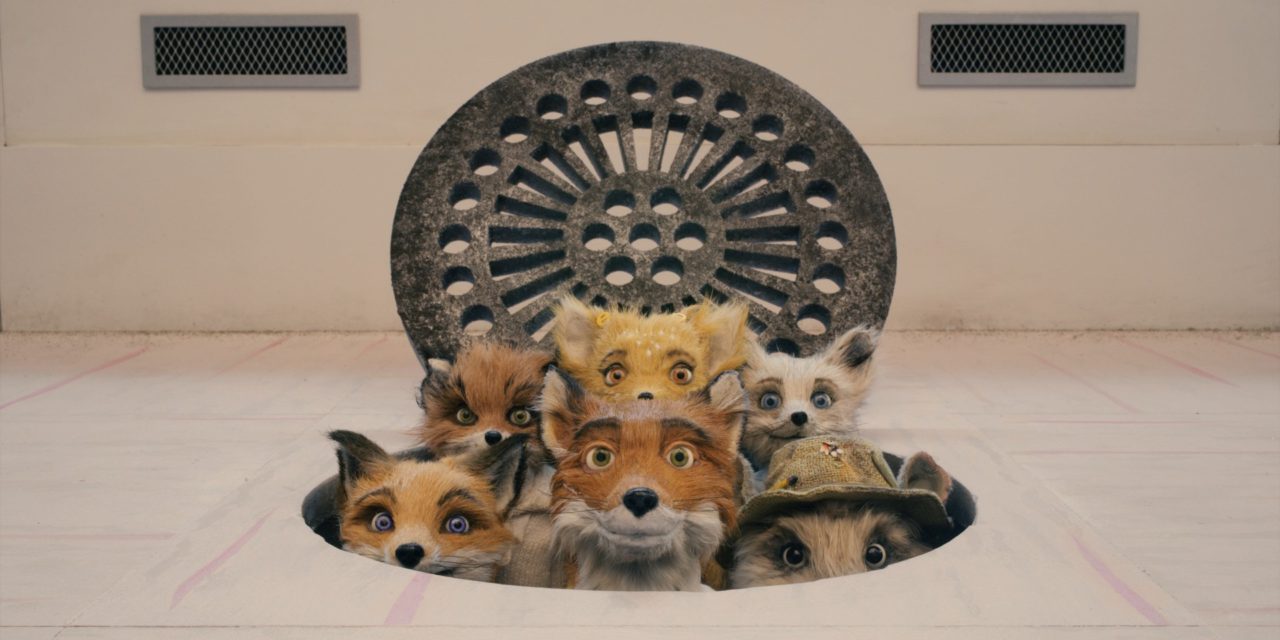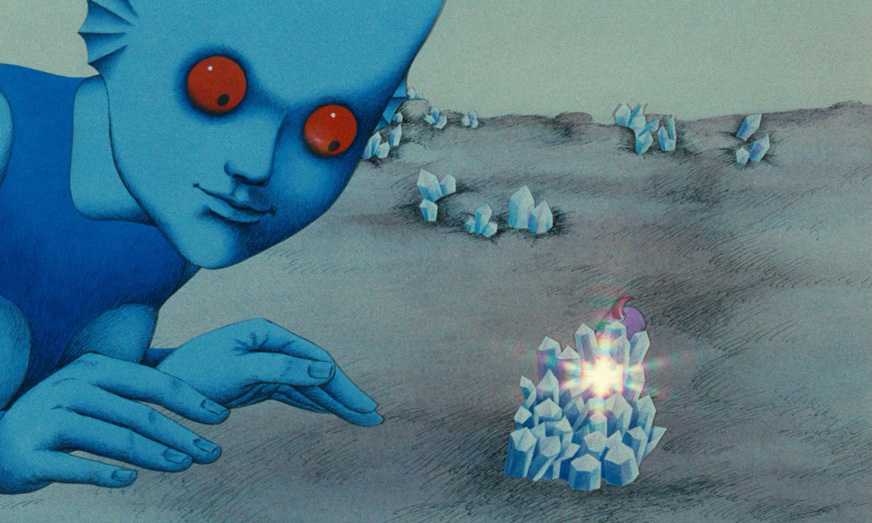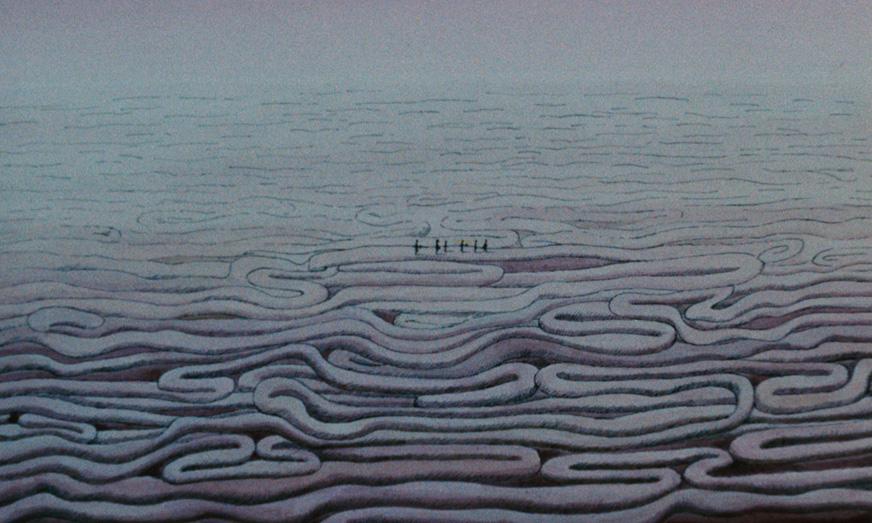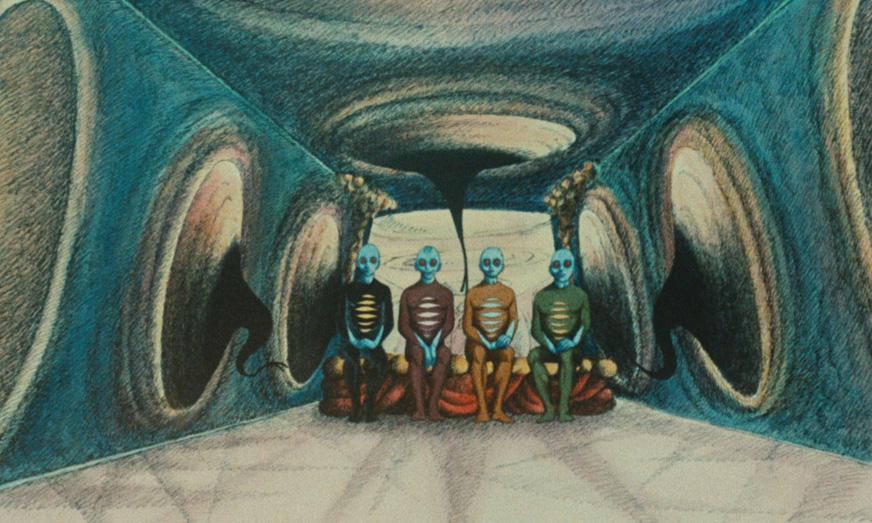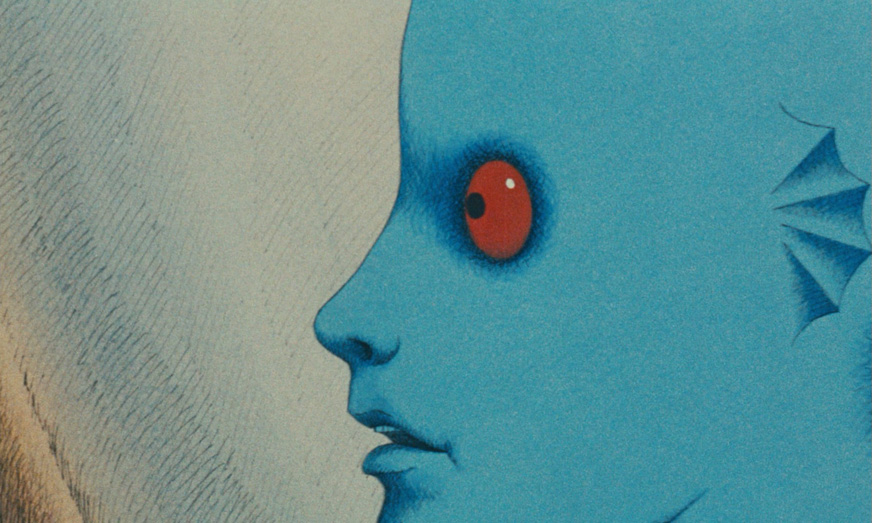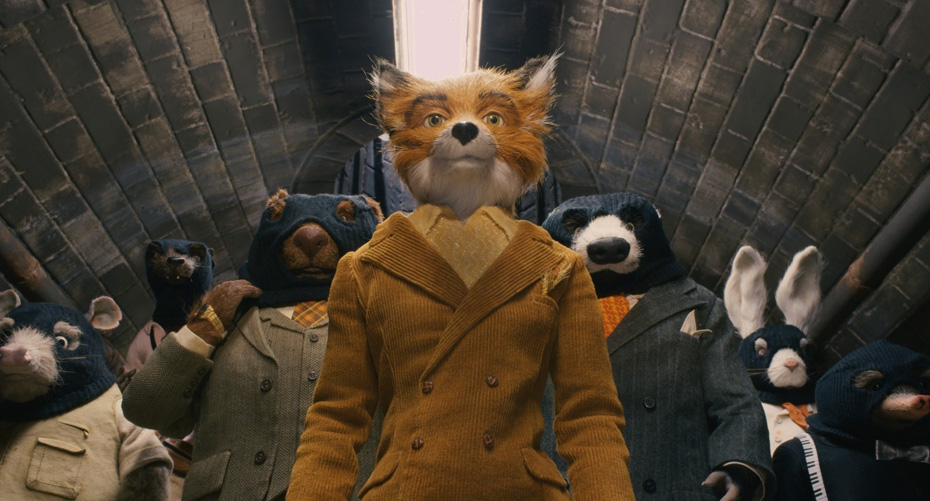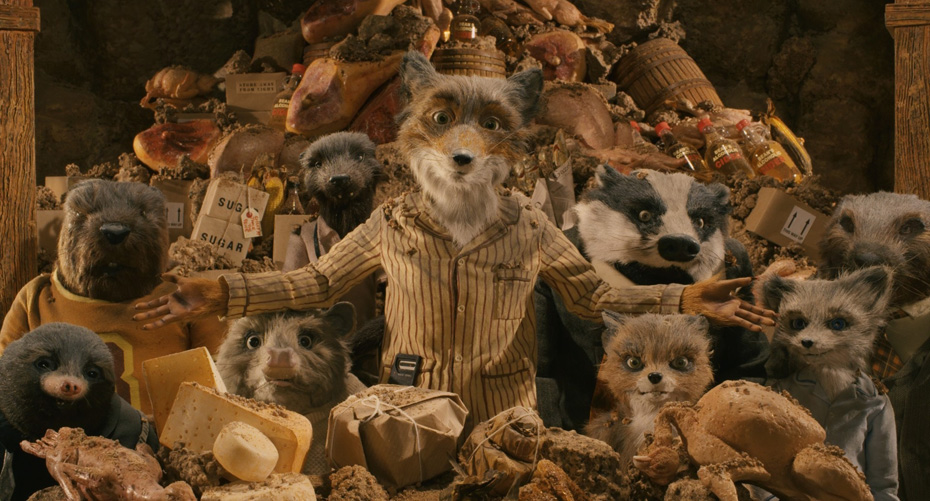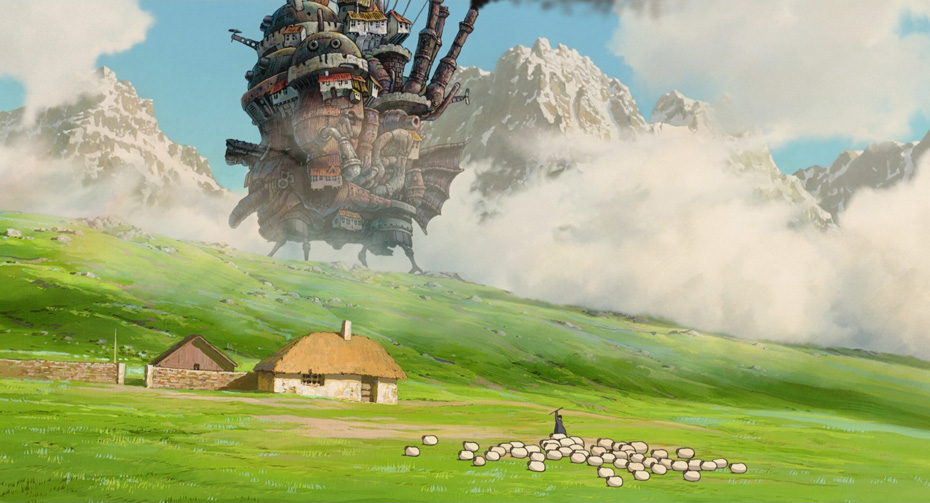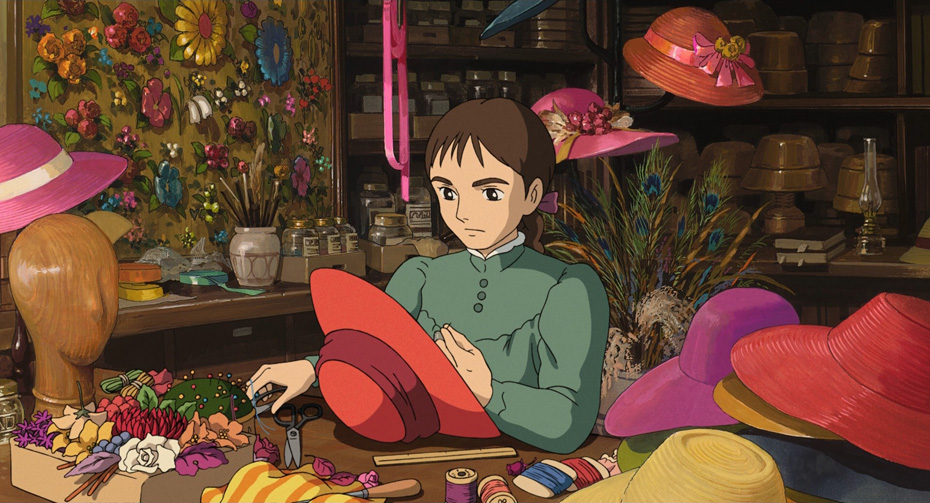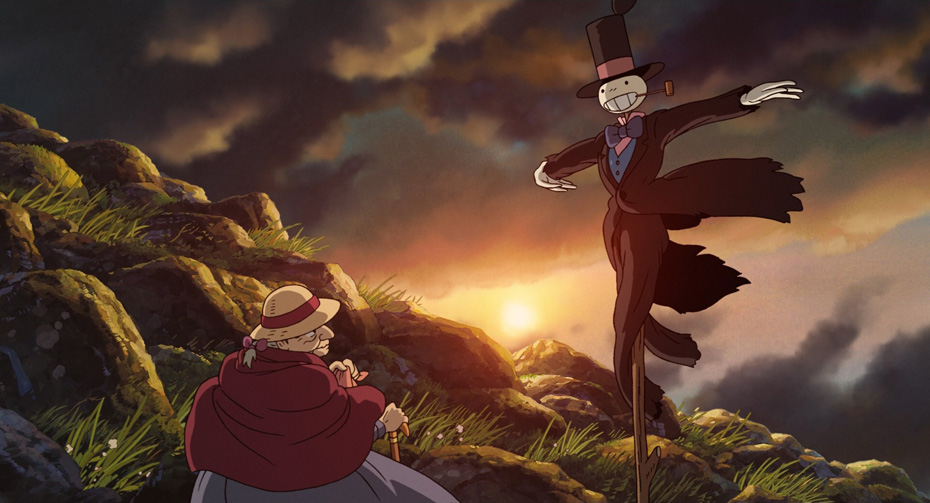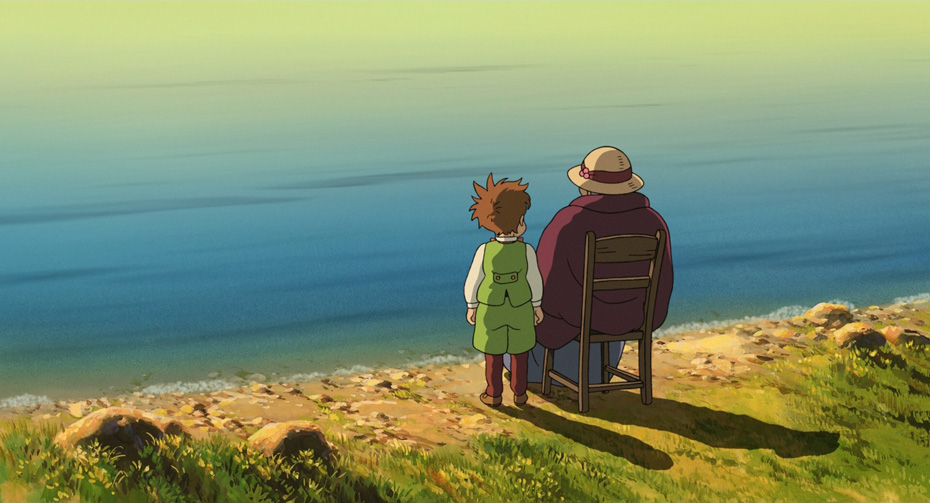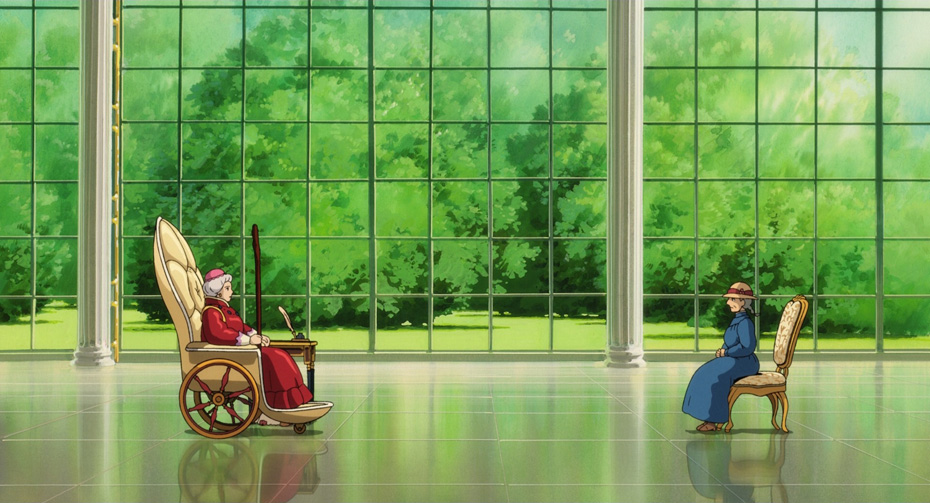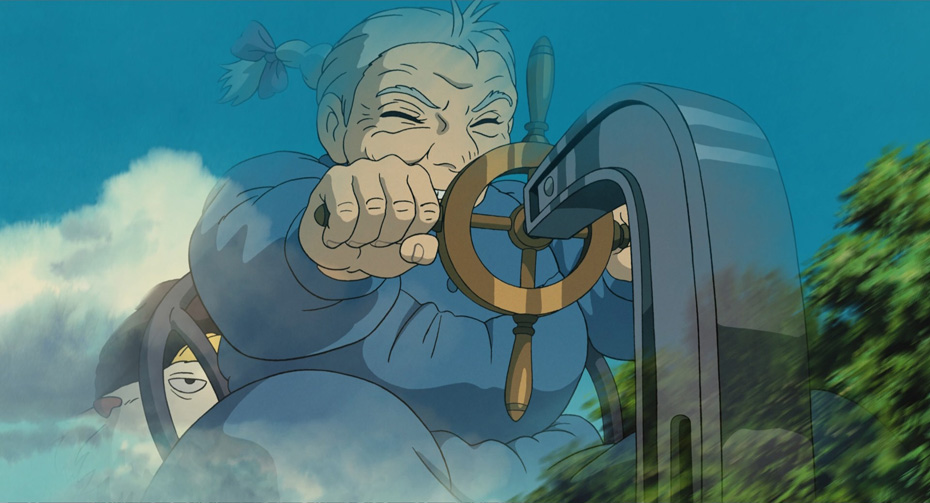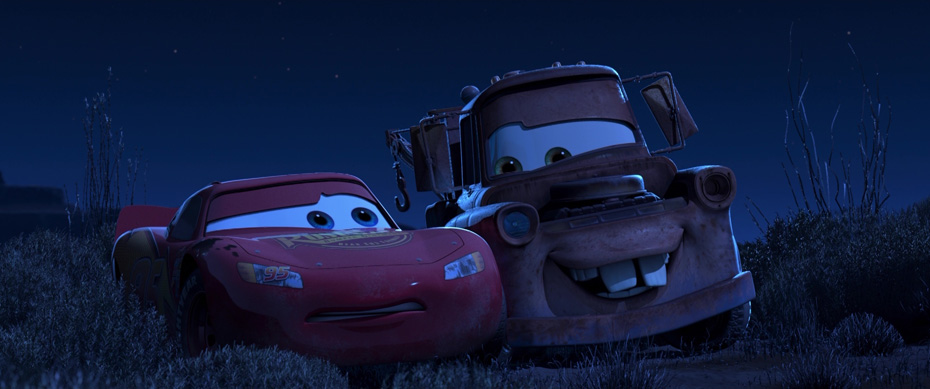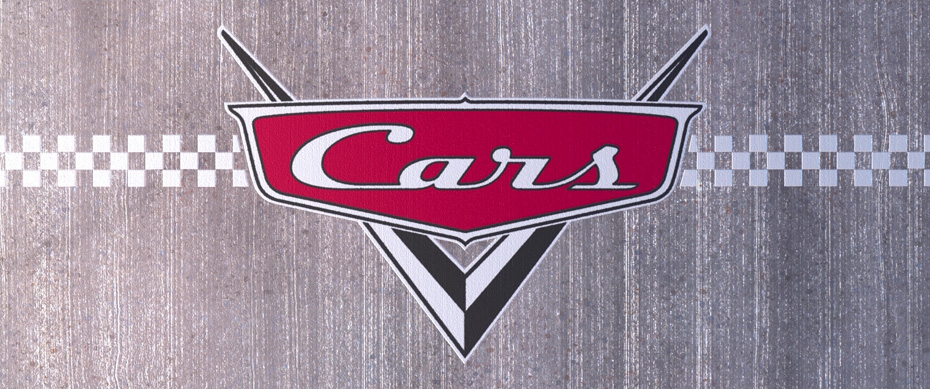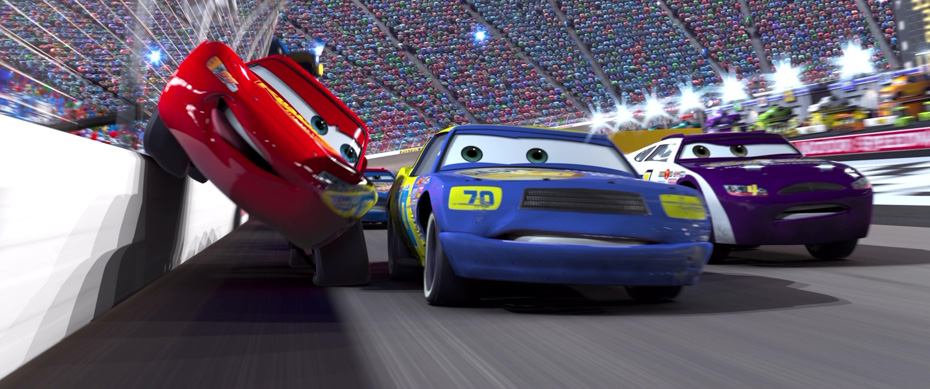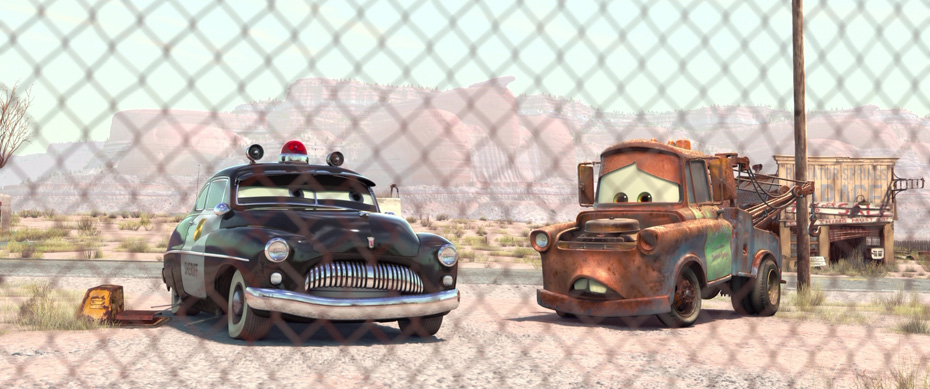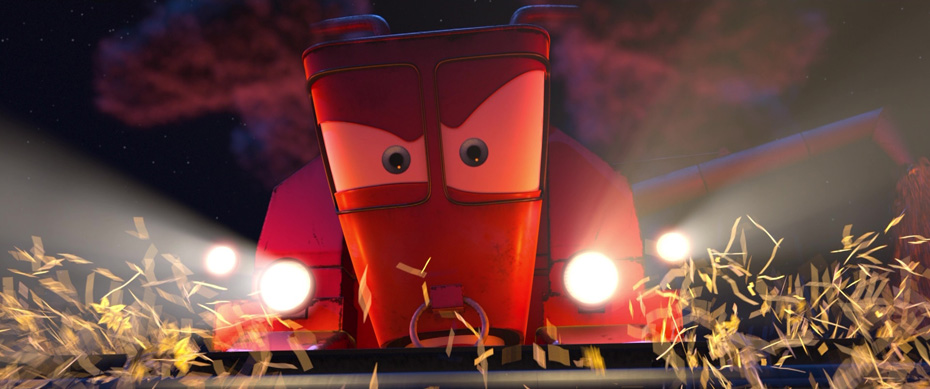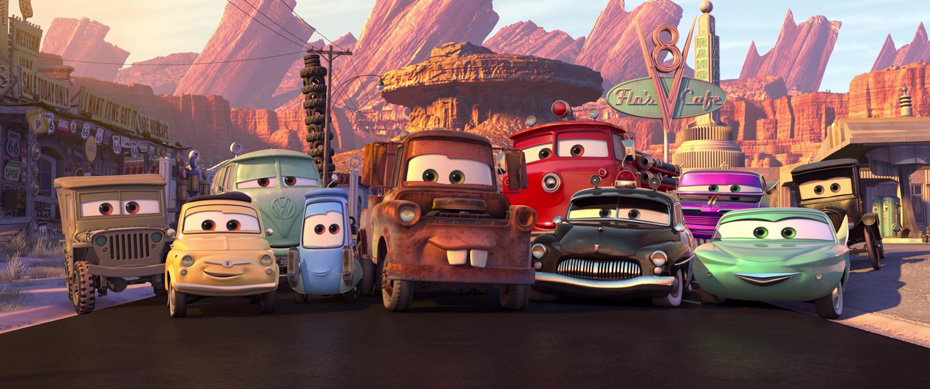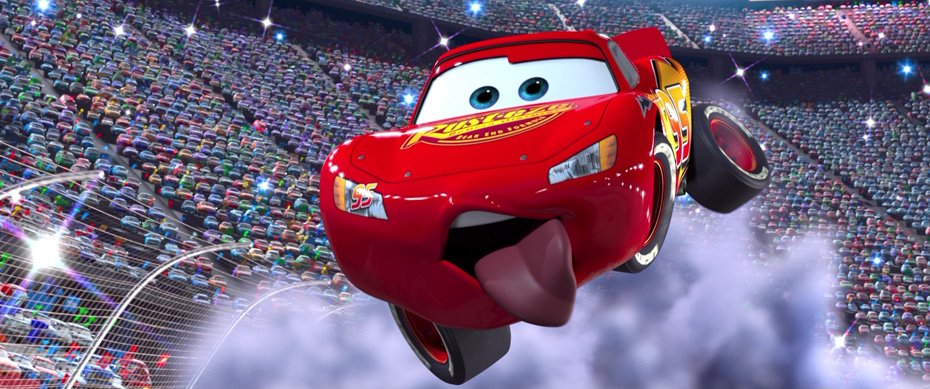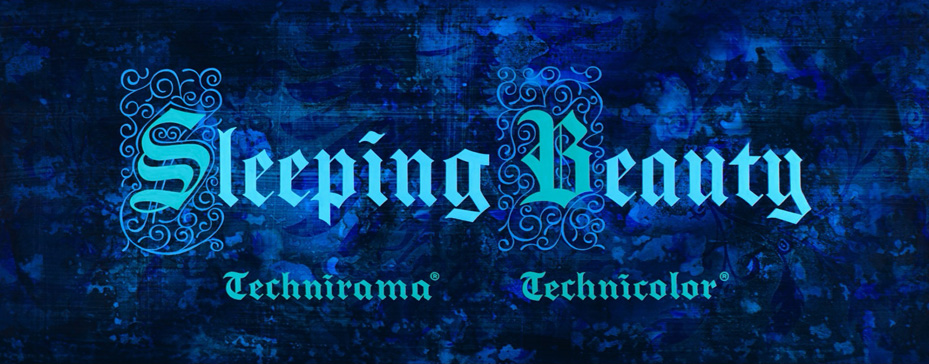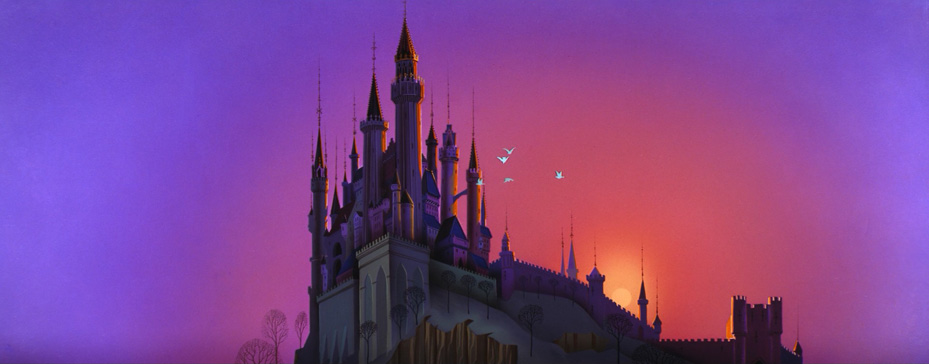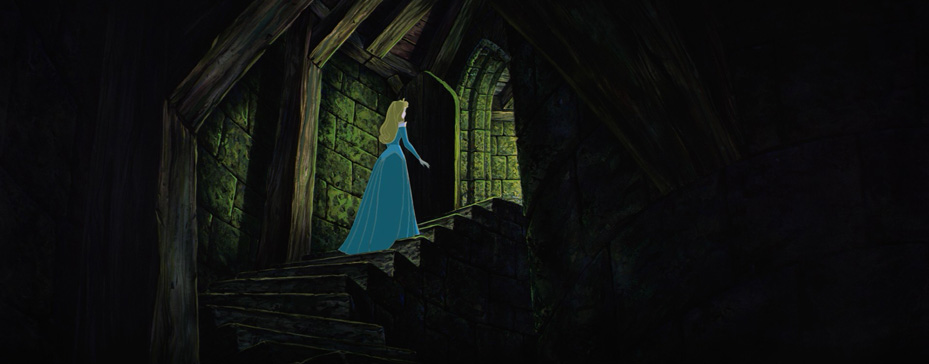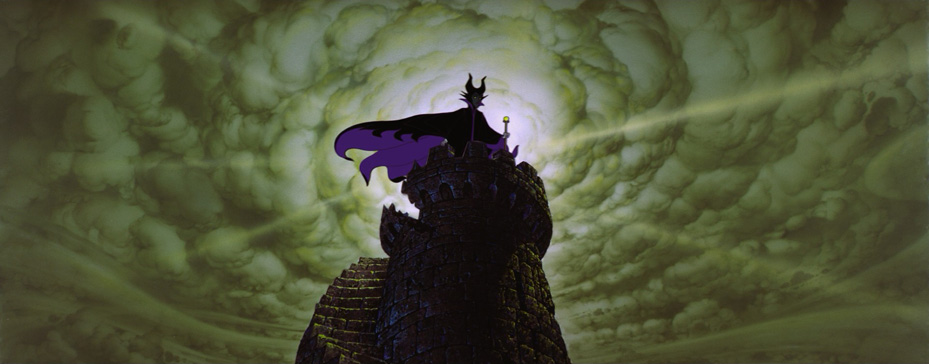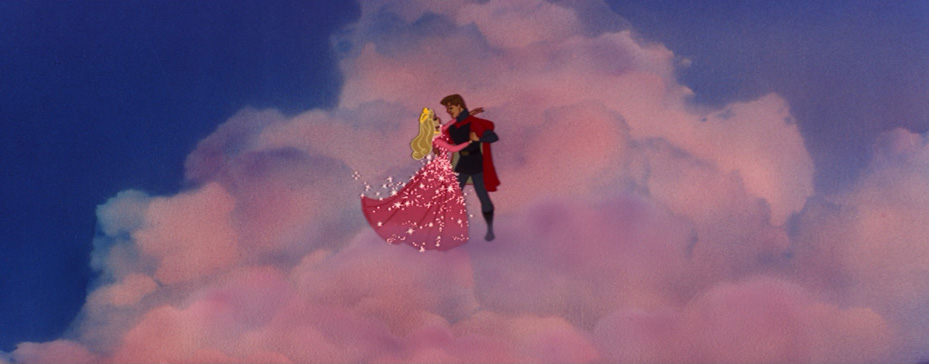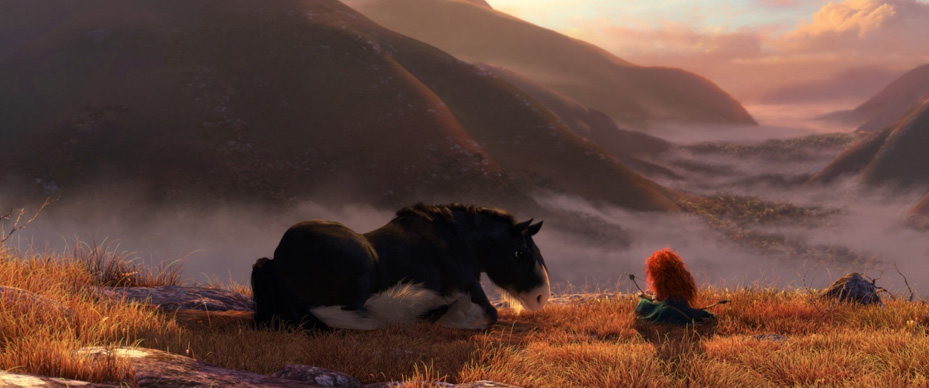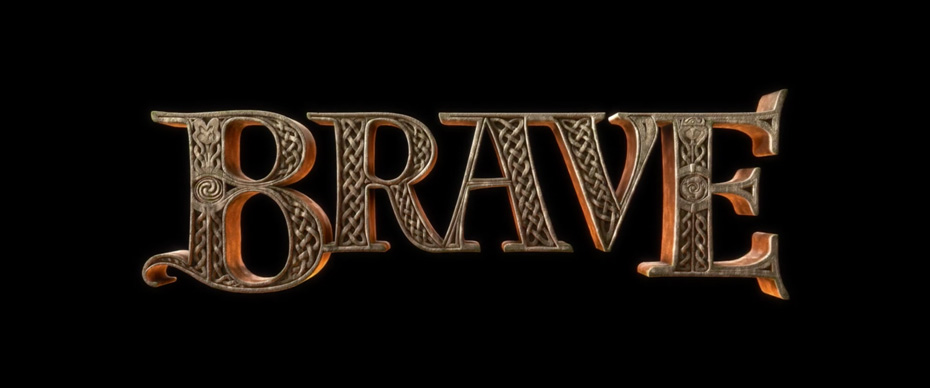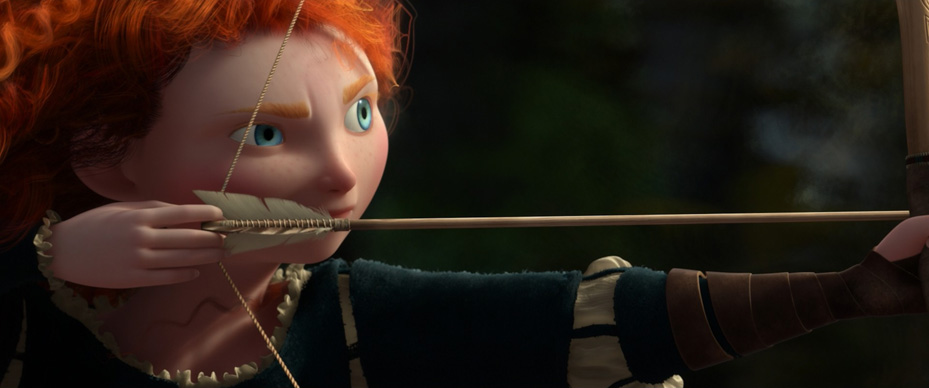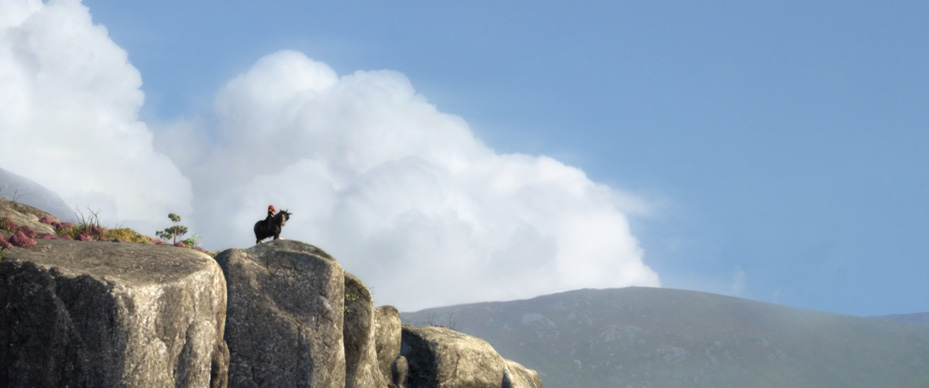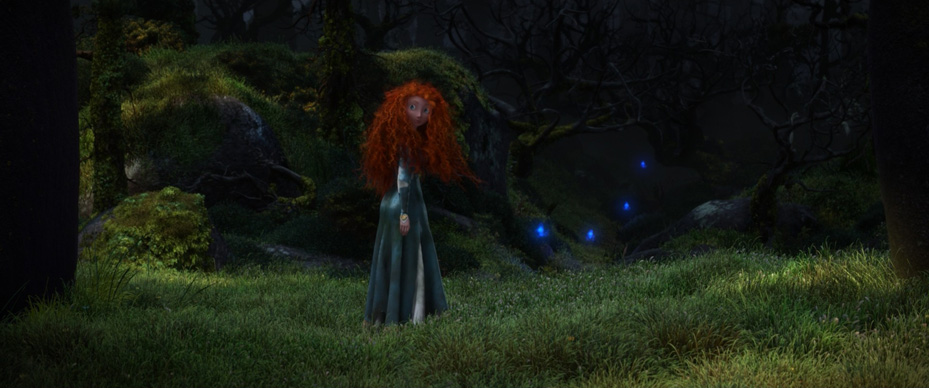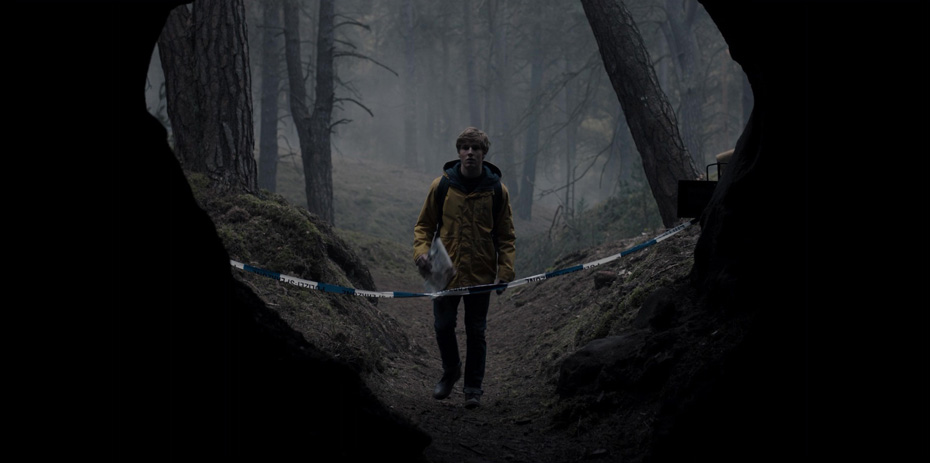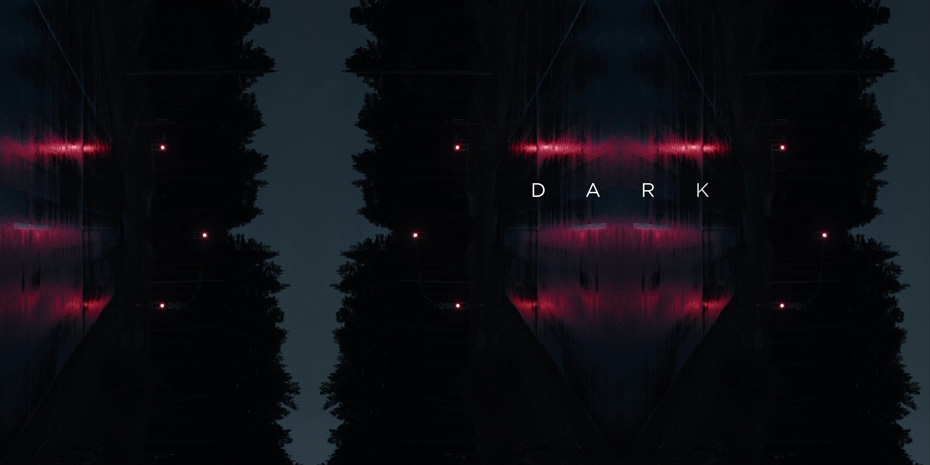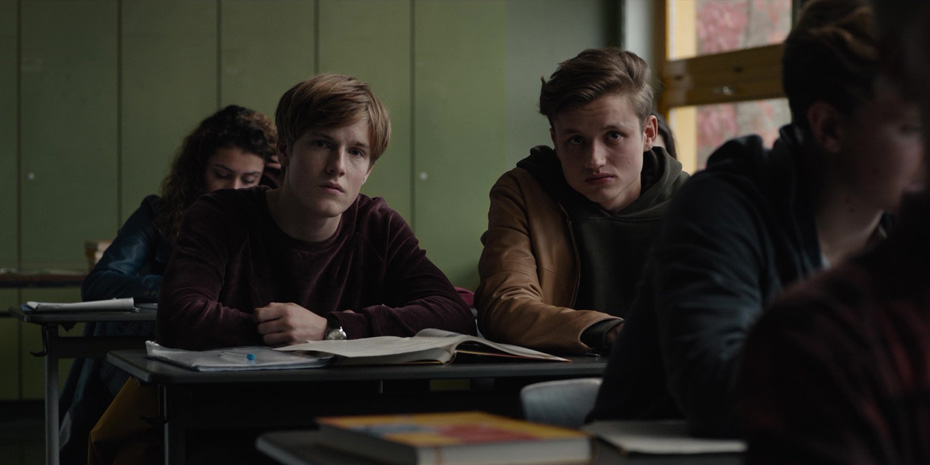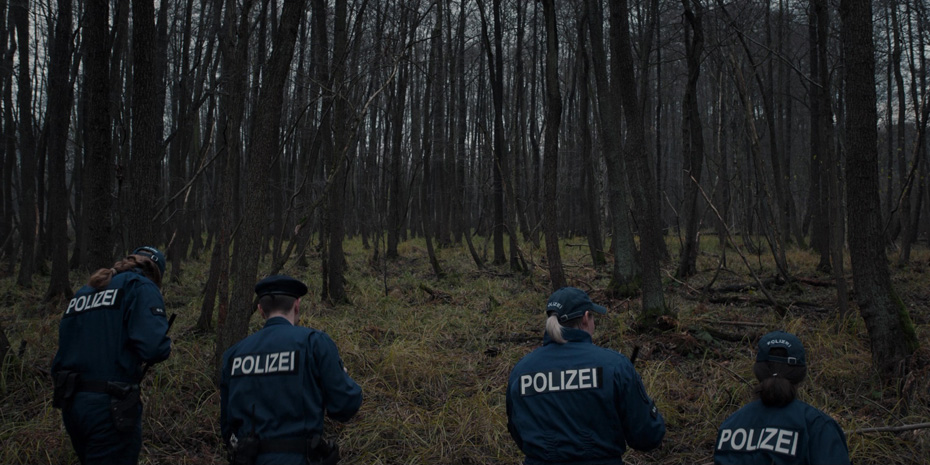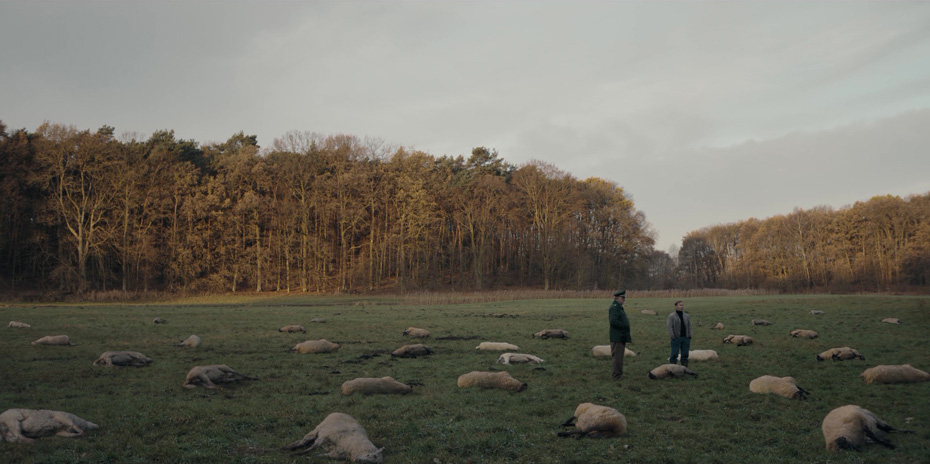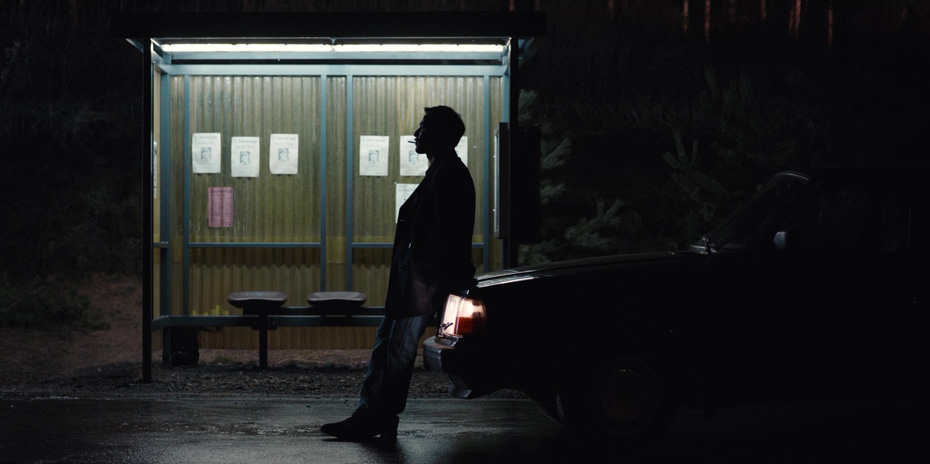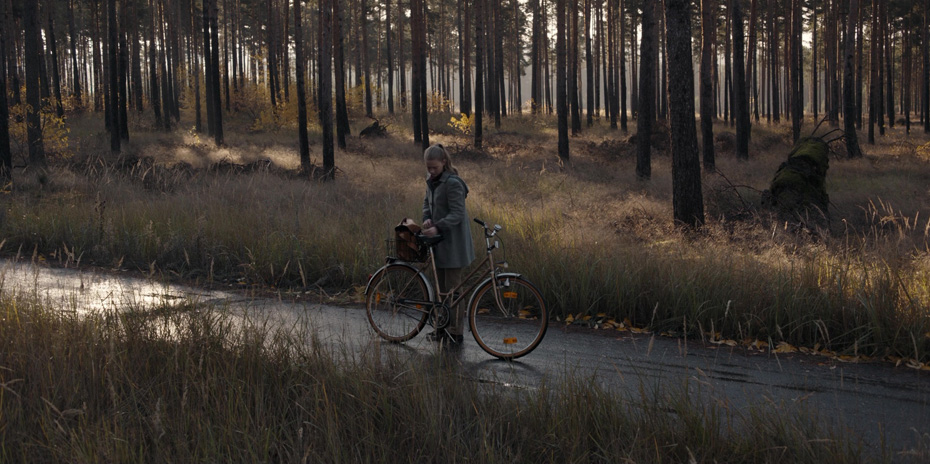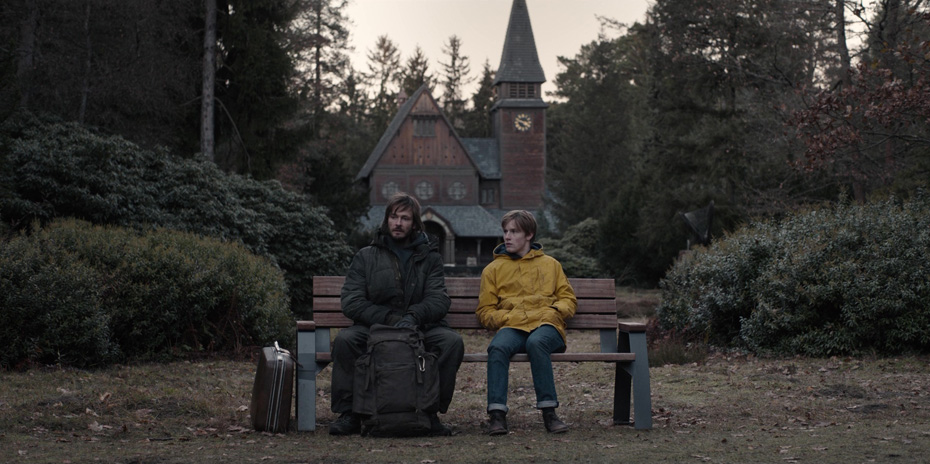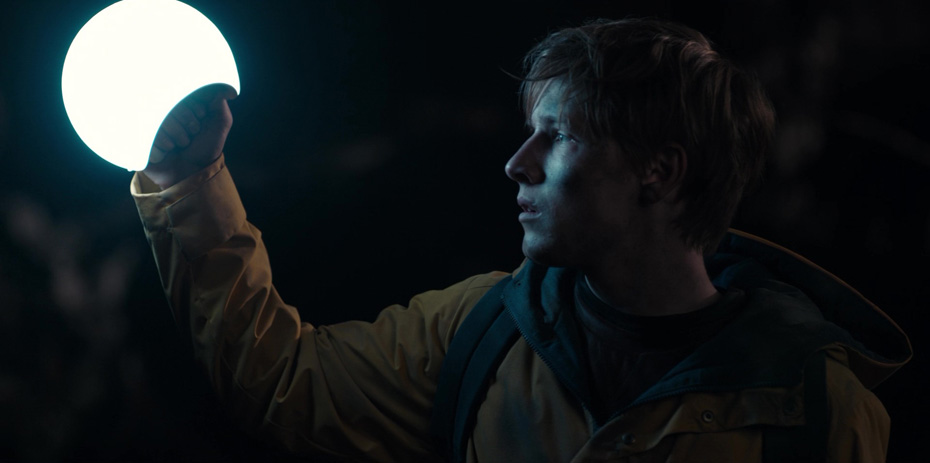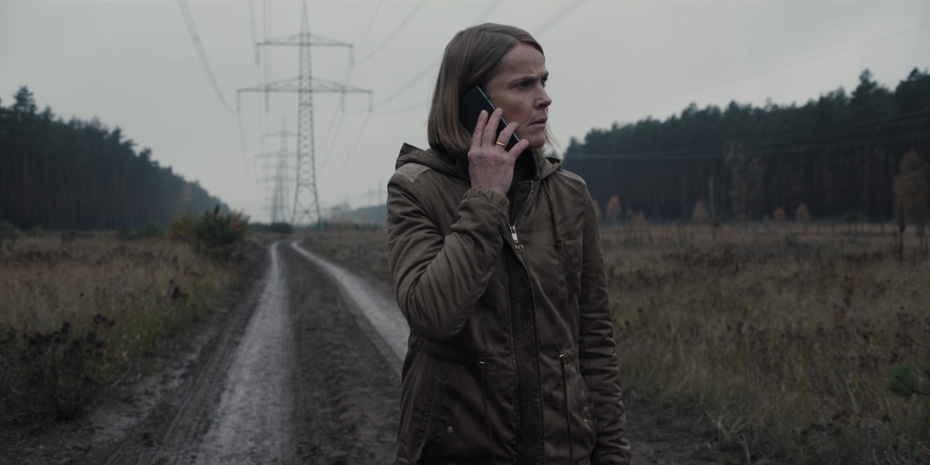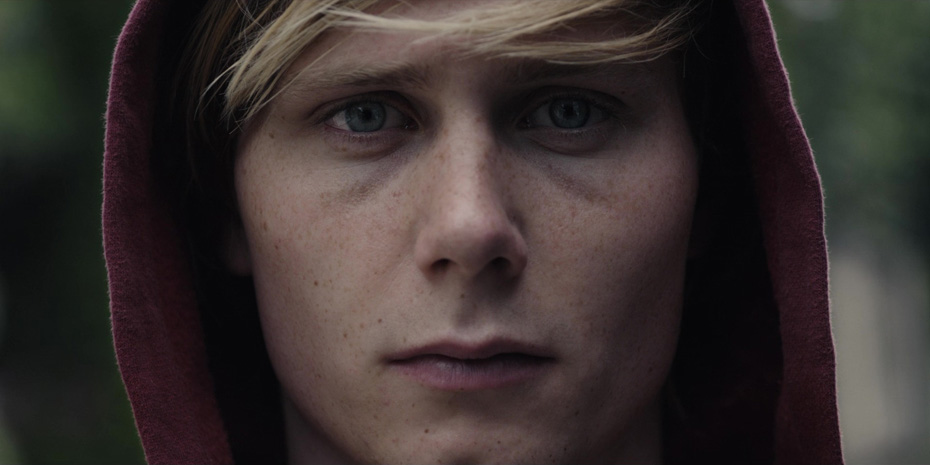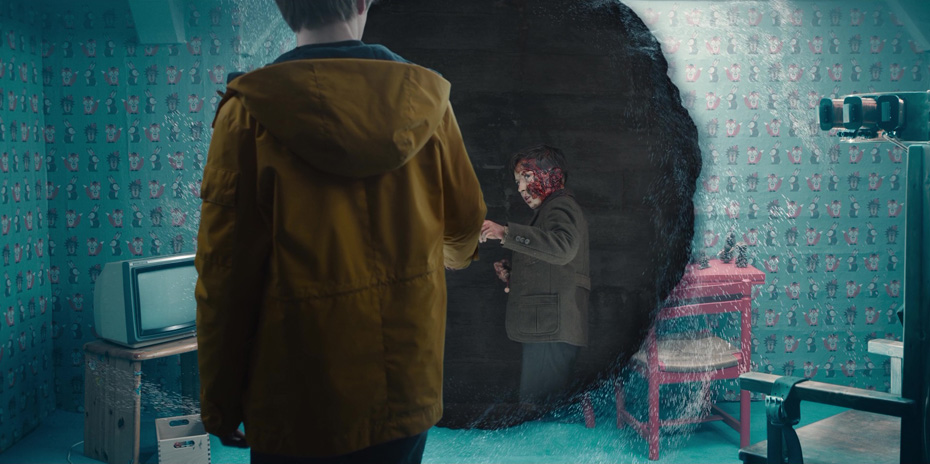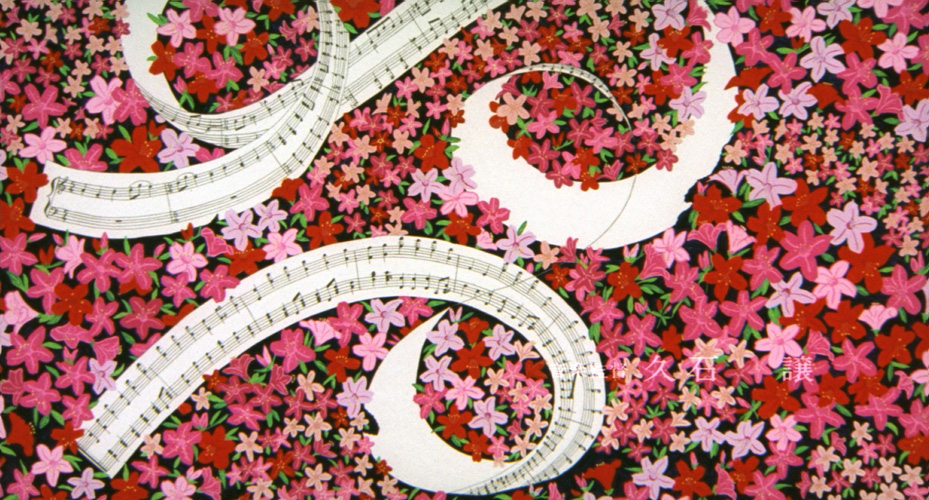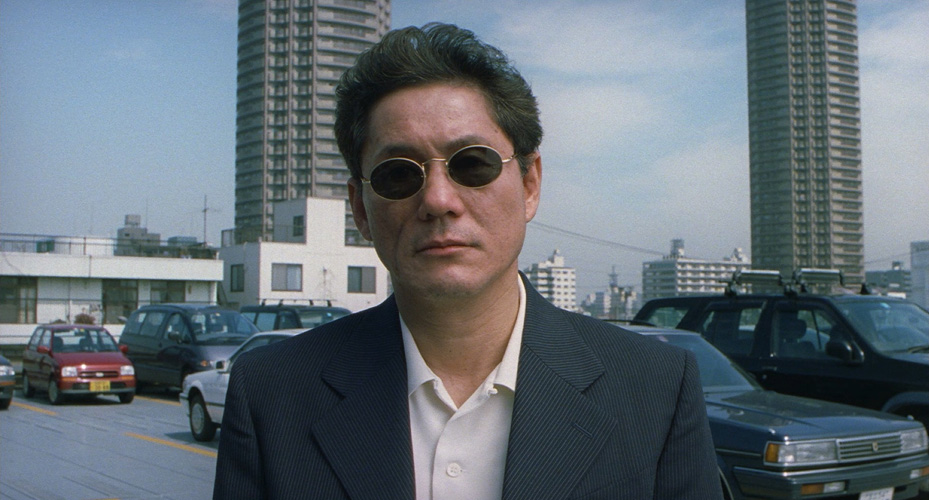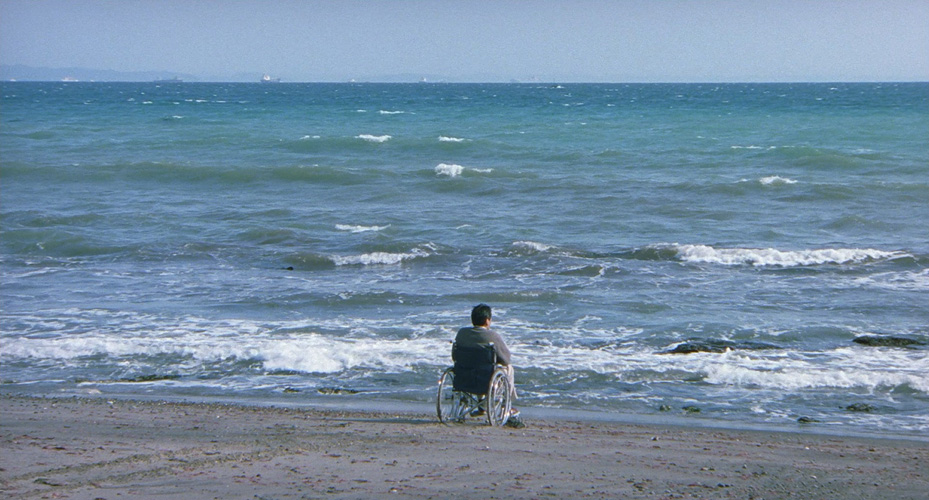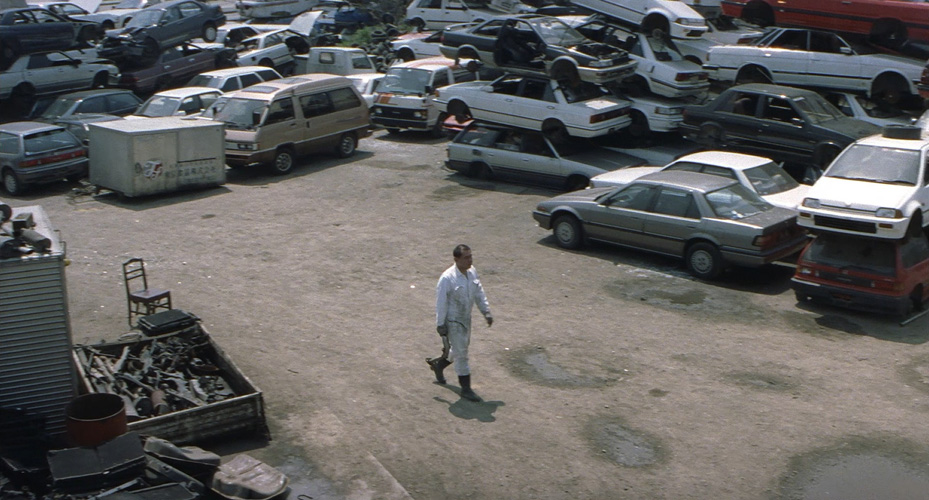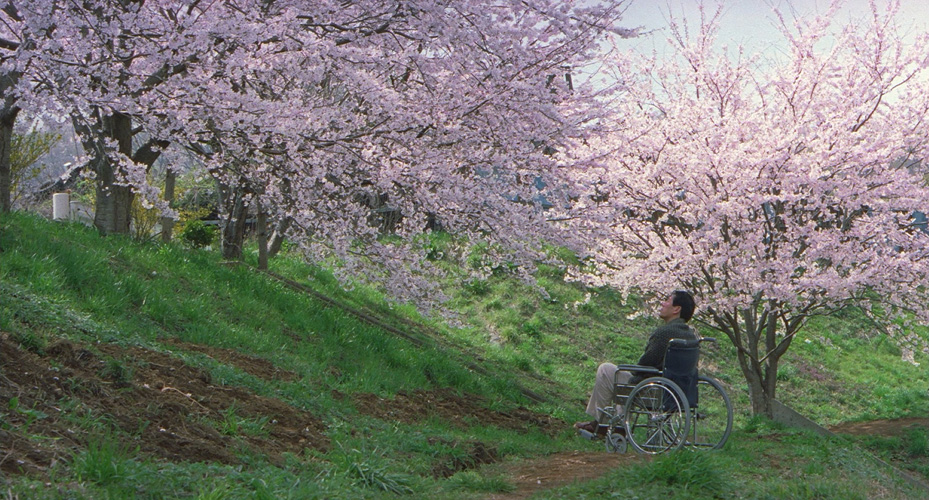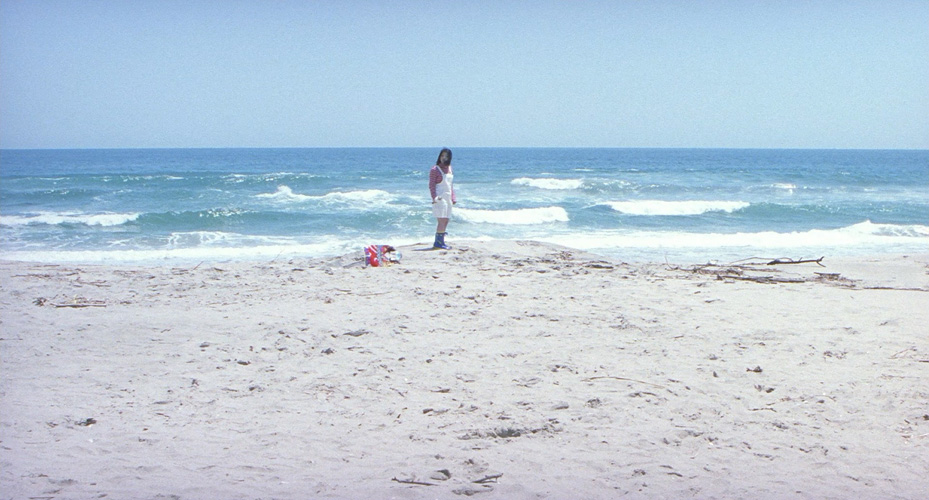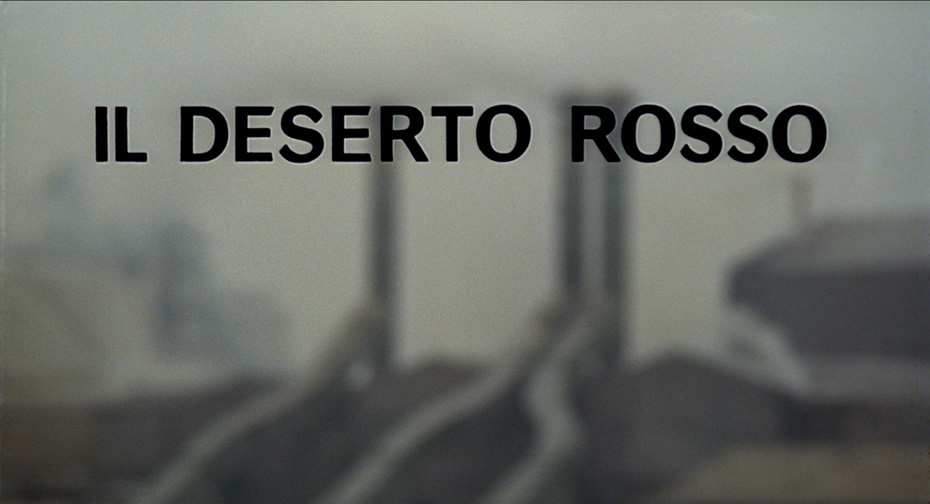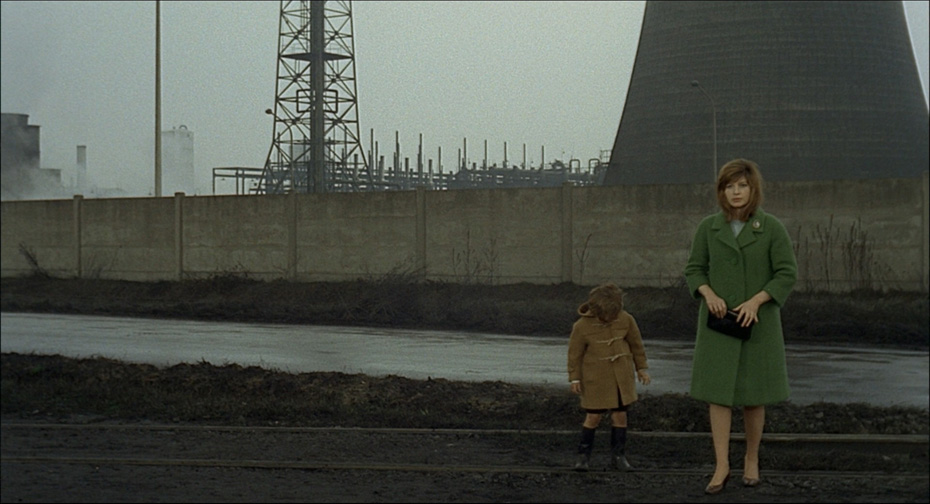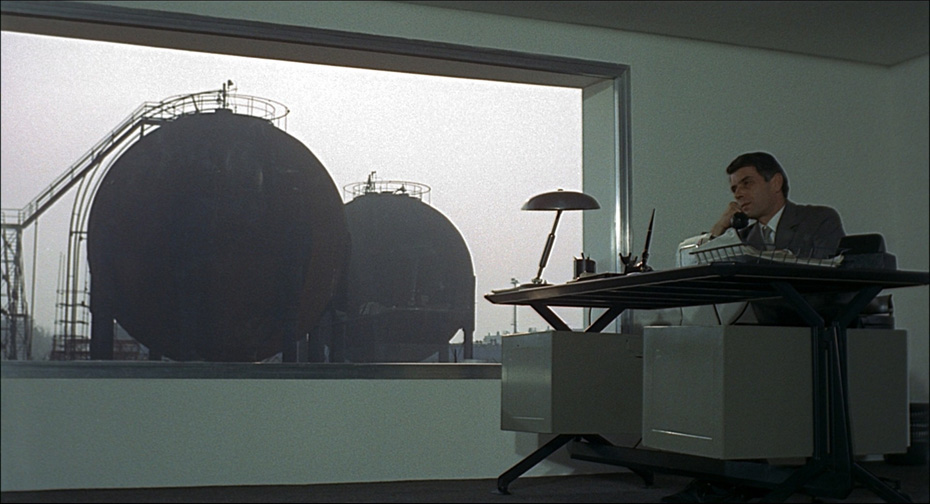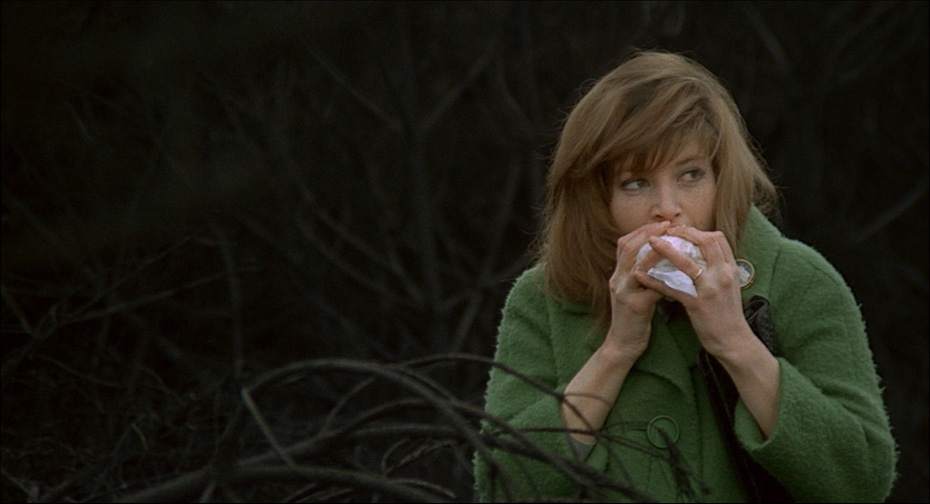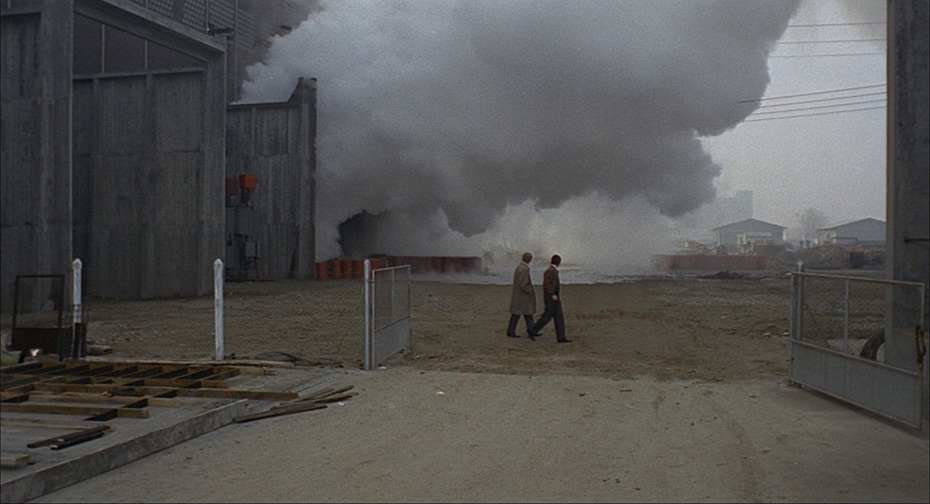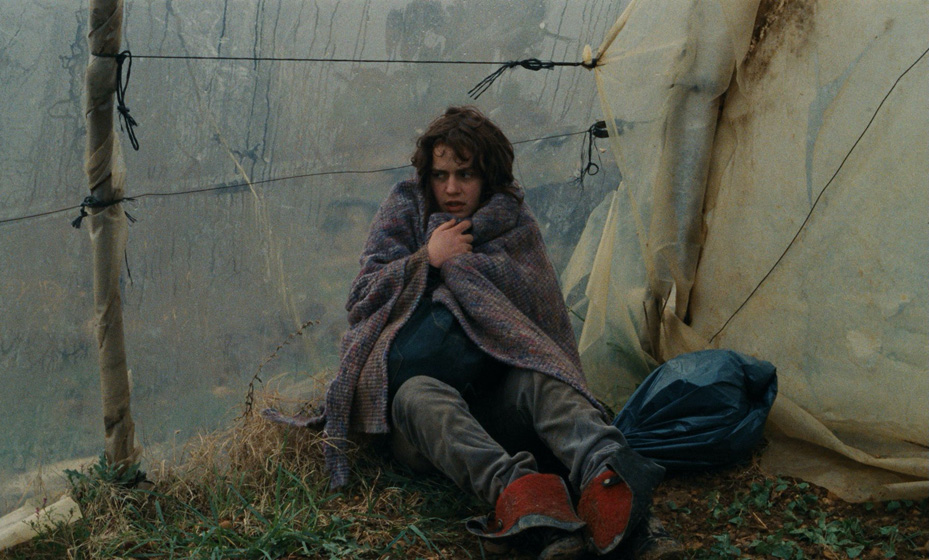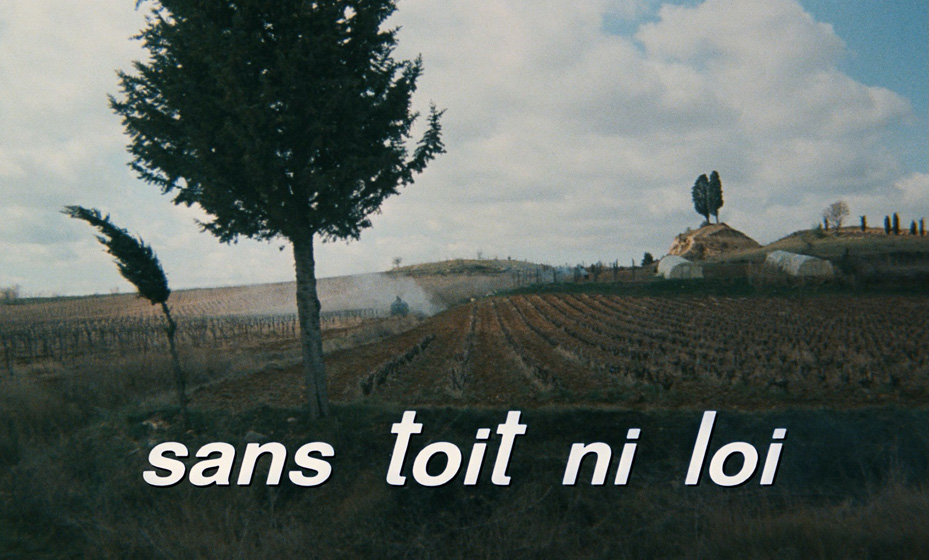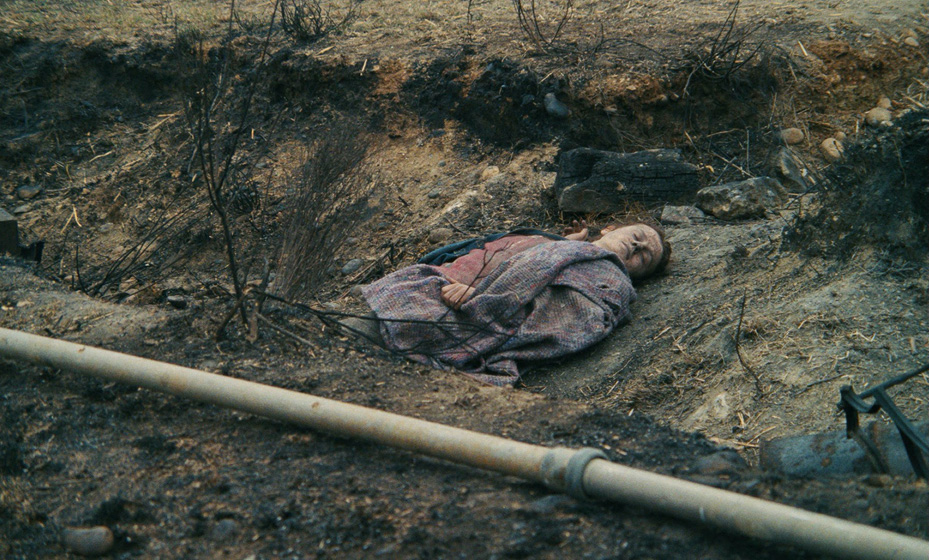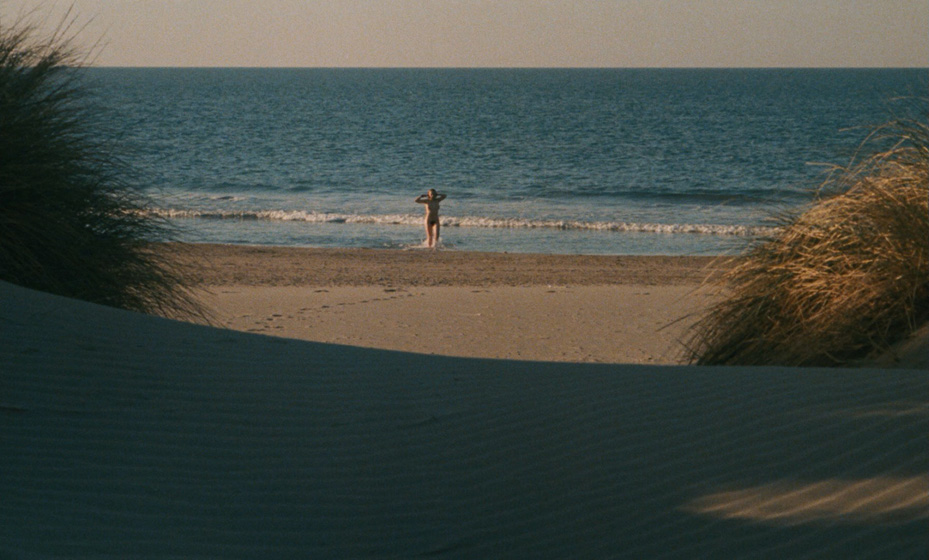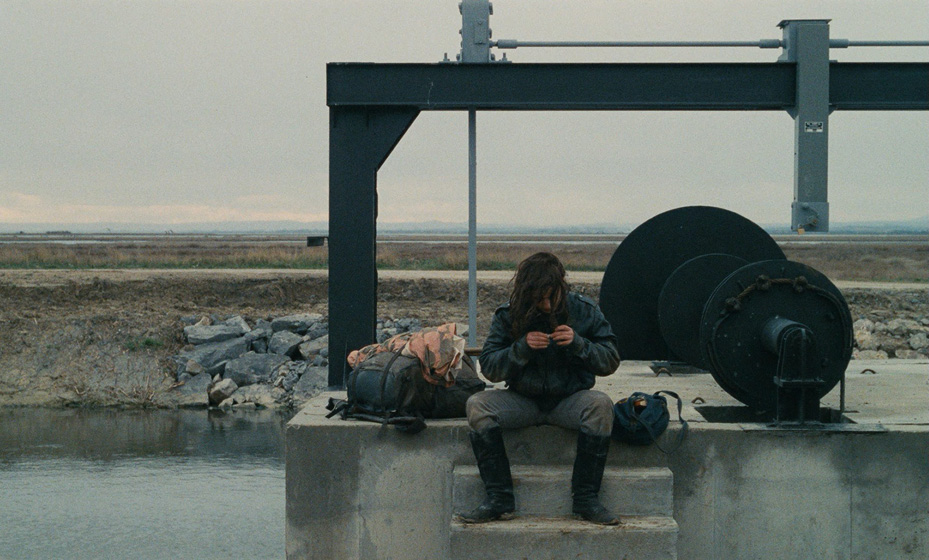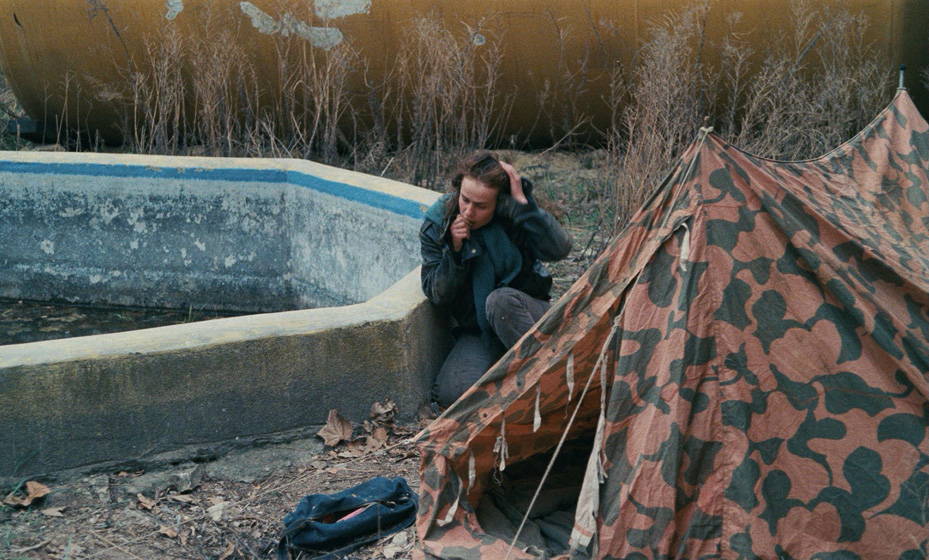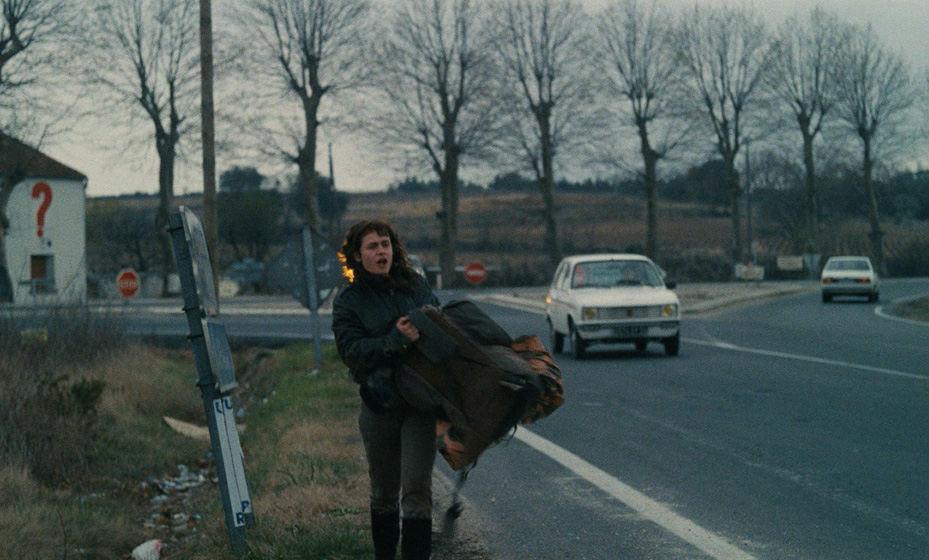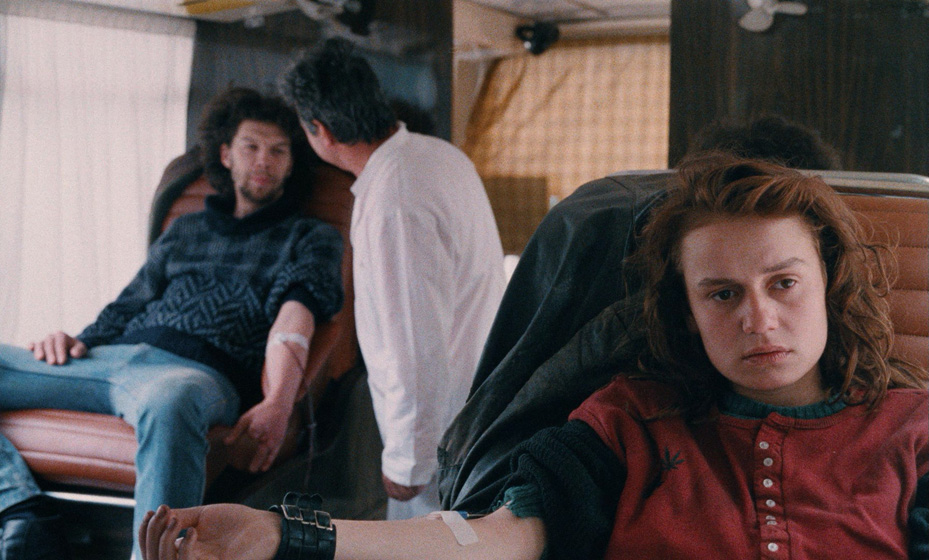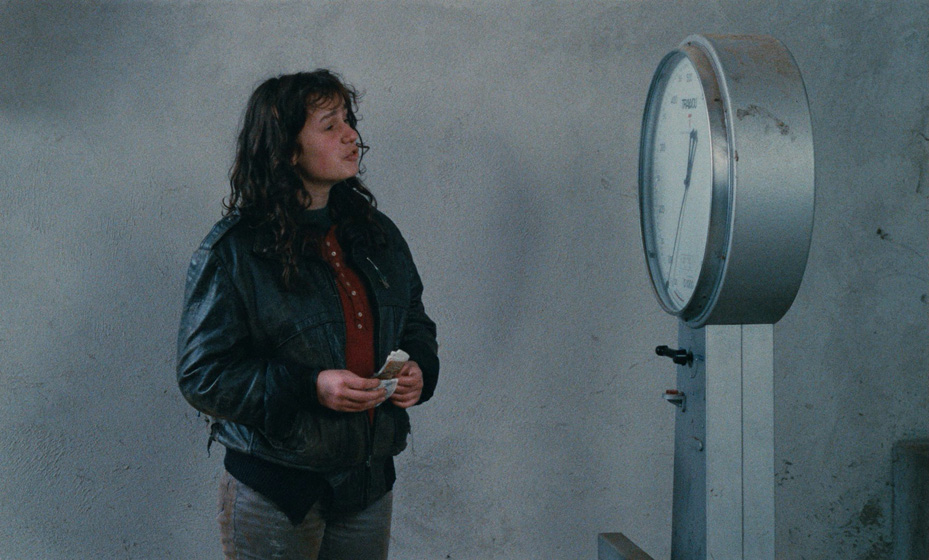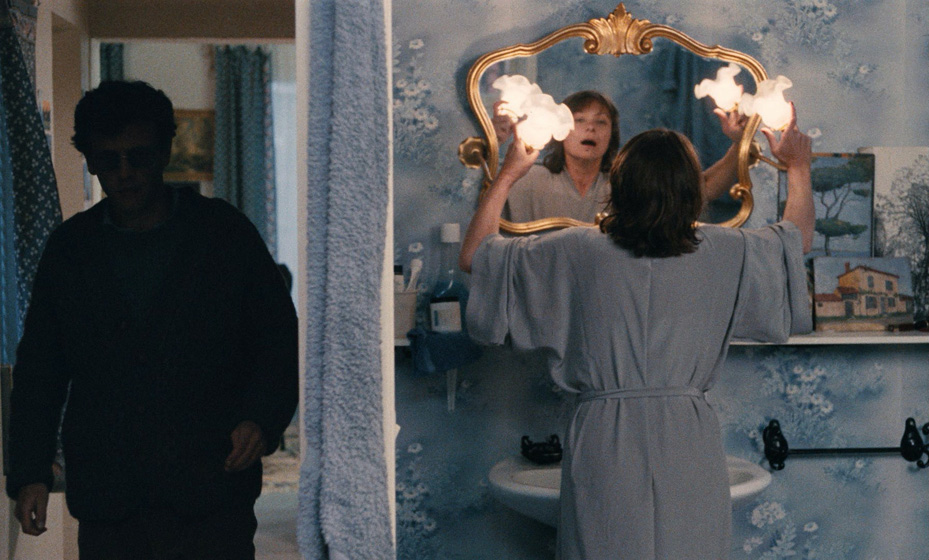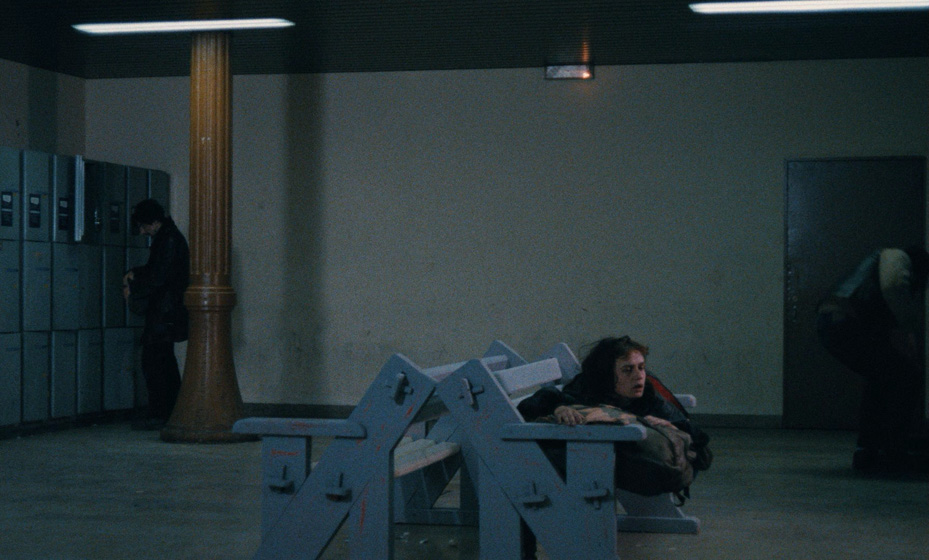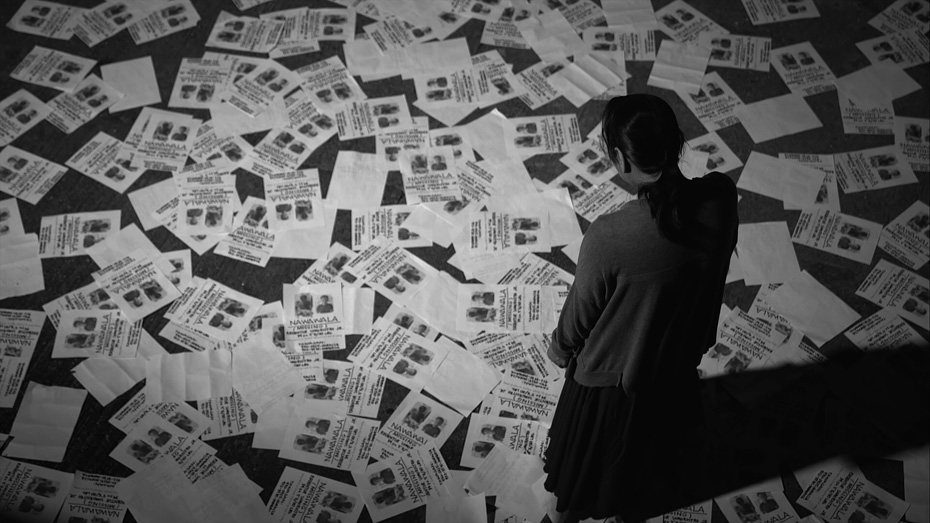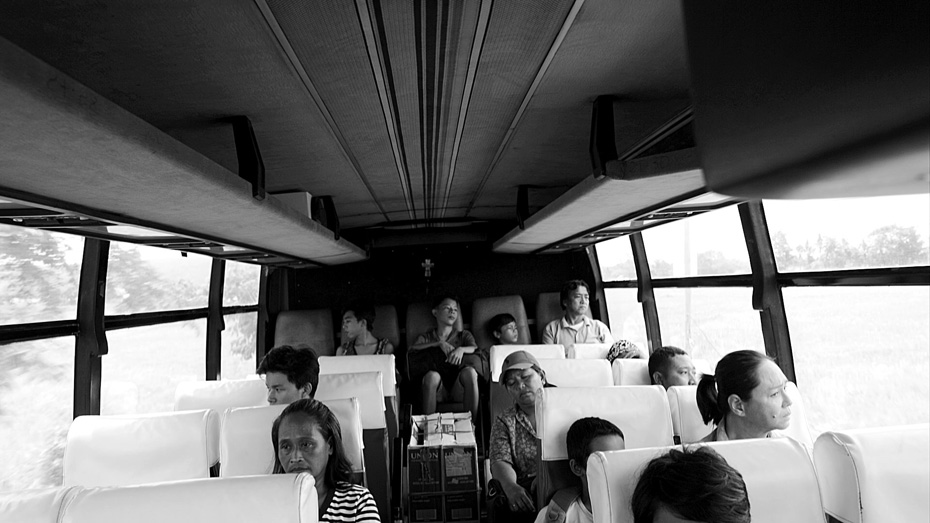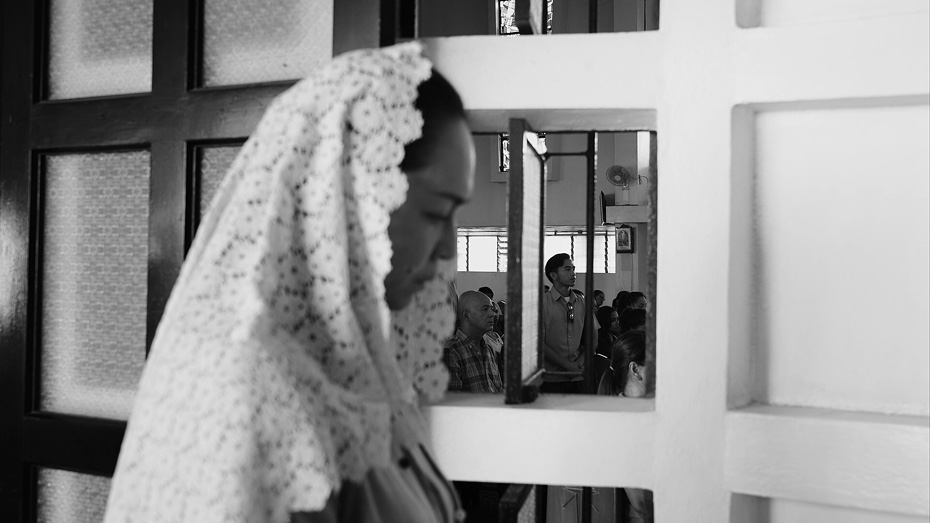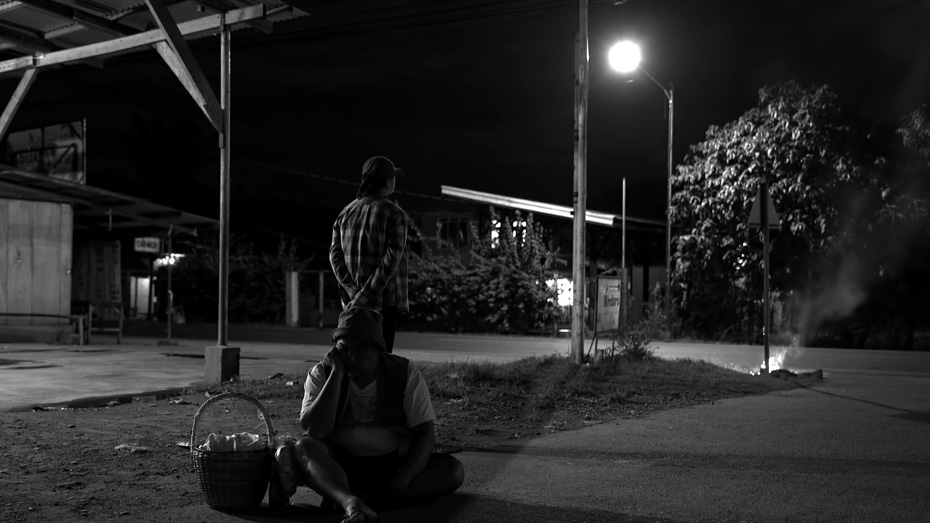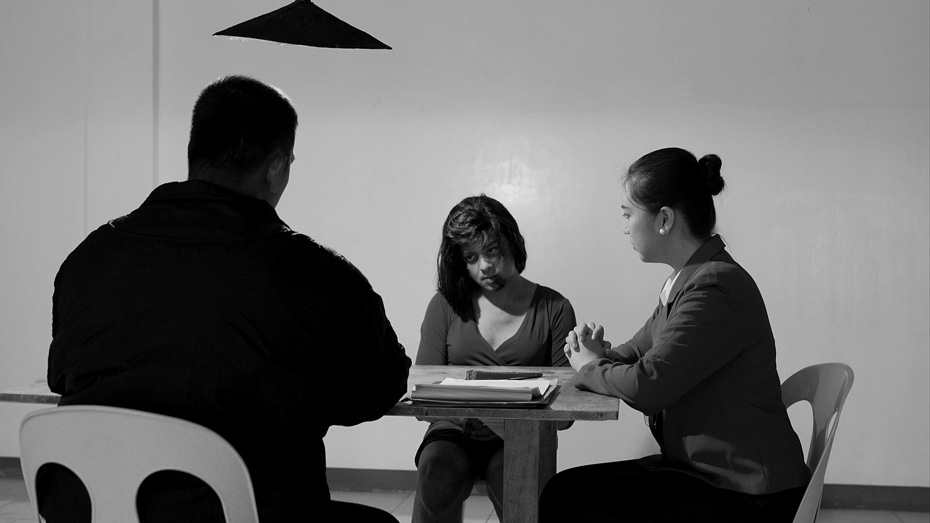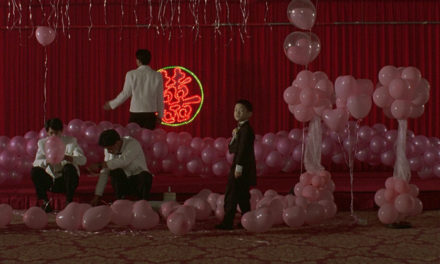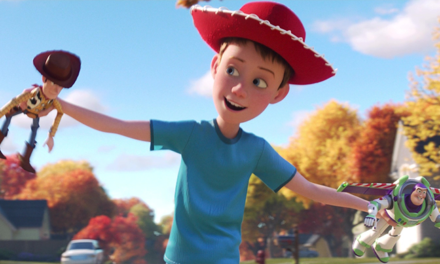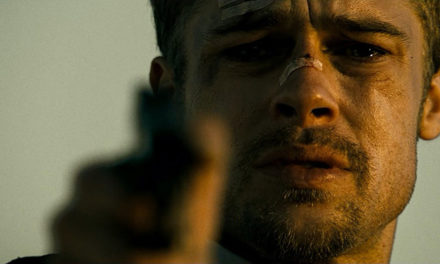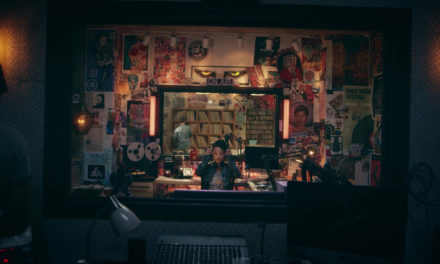THE TUESDAY DROP: 4200+ New Shots
08.30.22 Get your Decks ready ShotDeck Team! We’re adding 21 titles this week, including multiple animated films like Fantastic Mr. Fox, Howl’s Moving Castle, Fantastic Planet. Check them out below, and remember you can always request films for future drops by clicking here!
FANTASTIC PLANET (1973)
FANTASTIC PLANET is 1973 French and Czech experimental animated science fiction film directed by René Laloux and written by Laloux and Roland Topor (who also served as the film’s production designer). The story is based on Stefan Wui’s 1957 novel Oms en série, and follows enslaved humans named Oms living on a strange planet dominated by humanoid aliens (Draags). Fantastic Planet premiered at the 1973 Cannes Film Festival, where it was awarded the Grand Prix special jury prize. The film has since gone onto become a cult hit and one of the most influential animated films of the 70s. Most notable are its music and soundtrack which have been sampled frequently in the intervening years.
Fantastic Planet was created using paper cutout animation. The technique involves creating still illustrations and slicing them into sections. These sections are then physically composited onto the background images, and are animated by physically moving sections frame-by-frame and creating a stop-motion animation. Some of history’s first animated films were made this way, but the technique became more prevalent in the 1960s, and was used in films such as Yellow Submarine, as well as sections of Terry Gilliam’s Monty Python films. Since cutouts required much less labor and didn’t involve making thousands of individual drawings, the technique became a way by which smaller studios with less resources could make animated films that told long-form stories.
FANTASTIC MR. FOX (2009)
Wes Anderson’s 2009 animated comedy FANTASTIC MR. FOX is based on Roal Dahl’s children’s novel of the same name. The film follows Mr. Fox (George Clooney), as his spree of thefts results in his family and community being hunted down by a trio of farmers. Meryl Streep, Jason Schwartzman, Bill Murray, Willem Dafoe and Owen Wilson also star. Fantastic Mr. Fox premiered at the 2009 London Film Festival, and was nominated for Academy Awards in the Best Animated Feature and Best Original Score categories. Anderson worked on the film with Mackinnon & Saunders on the design and creation of the puppets for the film, filming on Stage C at 3 Mills Studios in London.
Anderson wanted to make Fantastic Mr. Fox as practically as possible, minimizing reliance on CGI. In the end, CGI was only used in the scene where the flint mine was flooded, producing the entire rest of the film with practical effects, stop-motion animation and puppetry. 535 puppets were built by Mackinnon & Saunders for the film, including over 100 puppets for Mr. Fox alone. Anderson wanted the sound design of the film to feel as lived-in and authentic as possible, and took the approach of recording the actors’ dialogue in the real-life locations where the filming of the puppets took place (for example, scenes in an attic had their dialogue recorded in an actual attic, and the same went for outdoor locations, etc.)
HOWL’S MOVING CASTLE (2004)
Hayao Miyazaki’s 2004 animated fantasy film HOWL’S MOVING CASTLE is loosely based on Diana Wynne Jones’s 1986 novel of the same name, and follows Sophie, a young milliner in a fictional kingdom where both magic and early 20th century technology are prevalent, who is cursed by an eldery woman who enters her shop. Sophie also encounters a wizard named Howl and gets caught up in his resistance against fighting for the king. Howl’s Moving Castle was influenced by Miyazaki’s opposition to the United States’s 2003 invasion of Iraq, and premiered at the 2004 Venice International Film Festival. The film grossed over $236 million from its $24 million budget, and was nominated for the Academy Award in the Best Animated Feature category. Today, it is considered to be one of the most important animated films of the past 50 years.
Howl’s Moving Castle was animated using a combination of traditional and digital techniques. All of the background and initial character designs were drawn by hand and hand-painted, before being scanned into the computer system to be digitized and digitally animated. Over 1400 storyboard cuts were designed for the film, before another 4 months was spent building the in-between animation frames. Digital technology was used to run many copies of the scene’s still portions in order to avoid inconsistencies between still frames. However, in order to avoid the sensation of being created artificially, Miyazaki chose to manually retouch these images so that they retained their hand-drawn and painted feel.
CARS (2006)
CARS is a 2006 American computer-animated sports comedy produced by Pixar Animation Studios and directed by John Lasseter from a screenplay by Dan Fogelman, Lasseter, Joe Ranft, Kiel Murrah, Phil Lorin and Jorgen Klubein. Set in a world populated entirely by anthropomorphic talking vehicles, the film follows a hotshot rookie race car who gets stranded in a run-down town on the way to the biggest race of his life. It stars the voices of Owen Wilson, Paul Newman and Bonnie Hunt, as well as George Carlin, and Cheech Marin. Cars was nominated for two Academy Awards, including Best Animated Feature, and has since spawned two spin-off films.
From the outset, the Pixar team made the decision to animate the eyes of the vehicles in their windshields rather than in their headlights, deciding that this approach would distinguish the look of the characters in Cars, but would also anthropomorphize them in a more human way (Lasseter and the team felt that animating the eyes in the headlights was too snake-like). One of the biggest animation challenges that the Pixar team faced with Cars was rendering the metallic surfaces of the vehicles, and coming up with an appropriate lighting strategy. Pixar had used ray tracing for two shots in A Bug’s Life, a technique that mapped out all the rays of light in a scene as they bounced off the walls, objects and characters. This technique was pushed to the forefront on Cars, where it was used to create the sharp shadows and detailed reflective elements of the vehicles as they moved around through scenes. Ray tracing was a landmark achievement in CGI lighting, and the techniques developed by Pixar on Cars became fundamental to the CGI work later done in live-action films such as Iron Man.
SLEEPING BEAUTY (1959)
SLEEPING BEAUTY is a 1959 animated musical fantasy film directed by Clyde Geromini based on the 1697 story Sleeping Beauty by Charles Perrault. It is the 16th animated feature film produced by Walt Disney, and tells the story of Princess Aurora, who has a curse placed on her by the vengeful fairy Maleficent. The curse can only be broken by the kiss of her true love; and in the meantime, Aurora is raised by three fairies posing as peasant women in the forest. Sleeping Beauty was nominated for Best Score at the Academy Awards, and in 2019 was selected for preservation in the US National Film Registry by the Library of Congress.
Sleeping Beauty was the first animated film to be photographed in the Super Technirama 70 widescreen process, as well as the second full-length animated feature film to be filmed in anamorphic widescreen, following Disney’s Lady and the Tramp four years earlier. The film was presented in Super Technirama 70 and 6-channel stereophonic sound in the first-run engagements. Before animation began, Walt Disney insisted on filming a live-action version of the film with actors in costumes serving as models for the animators. Disney wanted the characters to be animated in as real a manner as possible, and also in a way that would be stylized to match the approach of Eyvind Earle’s background paintings (which some animators initially felt took on too modernist an approach for a fairy tale). While there were internal arguments about character design and artistic approach, Sleeping Beauty performed well upon its release, grossing over $50 million from its $6 million budget, and has since gone on to be considered one of the landmark early animated films from Walt Disney.
BRAVE (2012)
BRAVE is a 2012 computer-animated fantasy film directed by Mark Andrews and Brenda Chapman and co-directed by Steve Purcell, produced by Pixar Animation Studios. The film is set in the Scottish Highlands and tells the story of Princess Merida of DunBroch (Kelly Macdonald), who causes chaos in the kingdom when she expresses her desire not to be betrothed. When her mother falls victim to a beastly curse, Merida must rely on her bravery and archery skills to undo the curse. Brave also stars Billy Connolly, Emma Thompson, Julie Walters, Robbie Coltrane, Kevin McKidd and Craig Ferguson. Brave premiered at the 2012 Seattle International Film Festival, and won the Academy Award for Best Animated Feature Film. The film was the first from Pixar with either a princess or a female protagonist at the heart of its story.
Brave was the first film to use Pixar’s patented Presto animation software. Presto replaced menv (also known as Marionette), and was designed to be more intuitive to animators with traditional cel animation experience. But perhaps the biggest innovation that came from the making of Brave was born from the challenge of animating Merida’s hair. Each strand unwound would measure 4 feet in length, and the animation team spent three years developing an animation simulator called Taz that was capable of handling the 1,500 curls that were hand-placed on Merida’s head. Taz accounted for all the interactions between different strands while making sure that every curl held its shape. In order to allow the hair to keep its mass but flow and bounce in a natural way, the system also changed the effect of gravity on Merida’s hair versus everything else in the frame, using a gravity coefficient closer to the force of gravity on the moon than on Earth. The scene where Merida pulls back her hood to reveal the full volume of her curly hair took over 2 months to animate.
DARK: SEASON 1 (2017)
DARK is a German sci-fi thriller television series co-created by Baran bo Odar and Jantje Friese. The show ran for three seasons from 2017 to 2020. The story follows four estranged families from the fictional village of Winden, Germany, as they pursue the truth in the aftermath of a child’s disappearance, unraveling a time travel conspiracy in the process. The show features an ensemble cast including Louis Hofmann, Andreas Pietschmann, Maja Schöne, Lisa Vicari, Karoline Eichhorn, Jördis Triebel, and Oliver Masucci. Dark Season 1 debuted in 2017 on Netflix as the service’s first German language original series. Odar and Friese worked on the season with German cinematographer Nikolaus Summerer, who had previously worked on projects such as Under the Sun and The Siege of Jadotville.
With Netflix’s strict rules for original programming over the resolution of their material (shoots had to be shot in minimum 4K resolution), the range of tools that Summerer and the showrunners had to choose between to film the series were limited. Odar and Friese wanted the cinematography of the series to embrace darkness and naturalism, and Summerer opted to shoot on the Alexa 65 for its ability to maintain authentic color reproduction and its strong dynamic range in night conditions. Summerer also worked with the post-production and coloring teams to build different LUTs to give a distinct look for the show’s different time periods. The post-apocalyptic future had a harsh and high contrast look, the 50s had an amber tinted look, and the 80s had a cooler look applied to the shadows.
HANA-BI (1997)
HANA-BI is a 1997 Japanese crime drama written, edited and directed by Takeshi Kitano, who also stars in the film. Hana-bi tells the story of Nishi, who leaves the police force in the face of personal and professional difficulties, making some questionable decisions along the way. The film also stars Kayoko Kishimoto, Ren Osugi and Susumu Terajima. Hana-bi premiered at the Venice International Film Festival, where it won the Golden Lion. Kitano worked on the film with Japanese cinematographer Hideo Yamamoto. Yamamoto was known at the time for his work on films such as Shabu, The Way to Fight and Fudoh: The New Generation.
Yamamoto and Kitano chose to shoot Hana-bi in a gritty, realist manner that brought the audience into the seedy world occupied by the characters. Yamamoto shot the film on 35mm, keeping the camera still and steady in keeping with the film’s steady, tense editorial pattern where shots were held as long as possible. Lighting sources were kept completely naturalistic, either using natural light or diegetic light sources, and Yamamoto embraced the harsher shadows that the light sources provided as a way of playing into the noir aesthetic of both the story and of Nishi’s journey.
RED DESERT (1964)
Michelangelo Antonioni’s 1964 drama RED DESERT stars Monica Vitti as Giuliana, a woman who attempts to cope with life by starting an affair with a co-worker at the plant her husband manages. The film was the last in a series of four films Antonioni directed Vitti in between 1959 and 1964, with the previous films being L’Avventura, La Notte and L’Eclisse. Red Desert also stars Richard Harris, Carlo Chionetti, Xenia Valderi, Rita Renoir and Aldo Grotti, and premiered at the 1964 Venice International Film Festival, where it was awarded the Golden Lion. Antonioni worked on the film with Italian cinematographer Carlo Di Palma, who was famous for his collaborations with both Antonioni and Woody Allen over the course of his career.
Red Desert was Antonioni’s first film shot in color, and he was interested in creating a poetic film that captured both the beauty and the desolation of the growing 20th century technological age. Antonioni was more intent on creating a painterly visual language than one with naturalistic color relationships, and he and Di Palma pushed the cinematography to be highlighted by pastel colors, with frames full of flowing white smoke and fog that both showed the beauty of the industrial world as well as its bleakness. The result is a film that at times pushes out of reality altogether, creating a painterly, almost fantastical portrait of the world and an isolated individual within it.
VAGABOND (1985)
Agnès Varda’s 1985 masterpiece VAGABOND stars Sandrine Bonnaire as Mona, a woman found frozen to death in a ditch at the beginning of the film. Mona’s story is pieced together using flashbacks told by those who encountered her, creating a splintered portrait of this woman and her life. The film also stars Macha Méril and Yolande Moreau. Vagabond premiered at the Venice International Film Festival, where it won the Golden Lion award, the FIPRESCI Prize and the OCIC Award. Varda worked on the film with French cinematographer Patrick Blossier.
Varda wanted Vagabond to be shot in a combination of styles to create a nuanced visual language, combining more straightforward narrative scenes with pseudo-documentary sequences where people who knew Mona would speak directly to the camera about her. This approach is combined with a series of tracking shots to create two core stylistic features of the film’s cinematography. Varda and Blossier wanted their visual approach to also account for the toughness of the world that Mona occupied, shooting almost entirely using natural light and opting for wider frames that showed the bleakness of the environments that Mona would drift through.
THE WOMAN WHO LEFT (2017)
THE WOMAN WHO LEFT is a 2017 Philippine drama written, produced, edited and directed by Lav Diaz. The film stars Charo Santos-Concio as Horacia Somorostro, a woman who is released after 30 years of wrongful imprisonment and now plans to take revenge on her former lover. It is inspired by Leo Tolstoy’s 1872 short story God Sees the Truth, but Waits. The Woman Who Left premiered at the Venice International Film Festival, where it won the Golden Lion.
Diaz opted to shoot The Woman Who Left in high contrast black-and-white, shooting primarily on location in Calapan, Oriental Mindoro in the Philippines (the hometown of Santos-Concio). Like many of his previous films, Diaz created a visual language of long, patient takes with relatively minimal movement or hand-held camerawork. Diaz shot almost no close-ups, preferring to hold the action in wider frames that allow the audience to see the characters interacting with their environment, as a better way of understanding their relationships to the social context around them.

